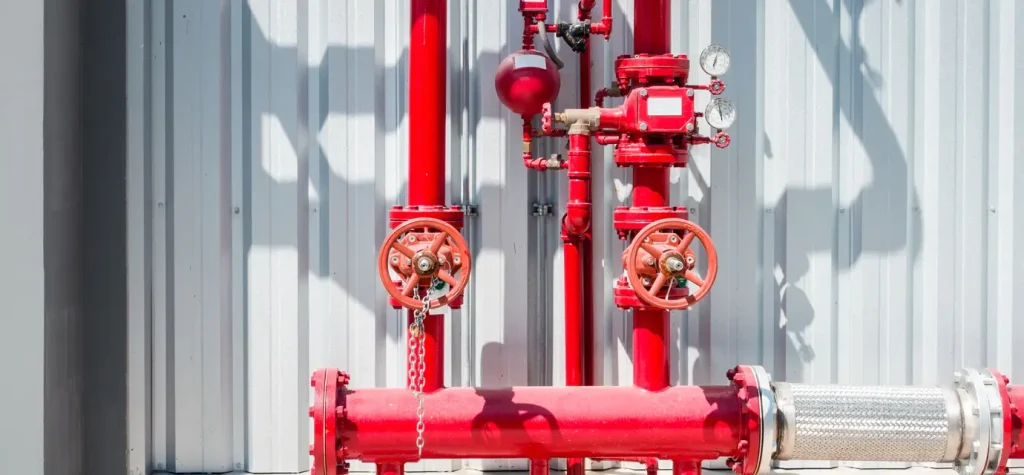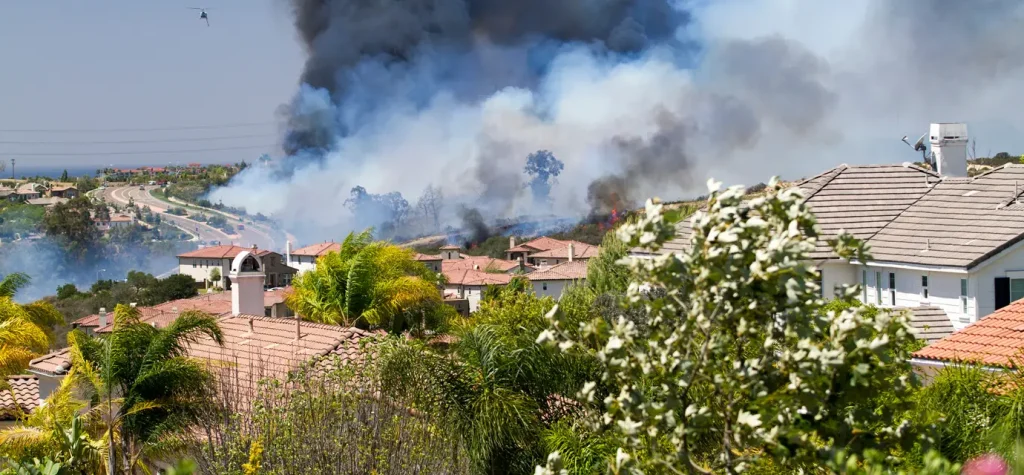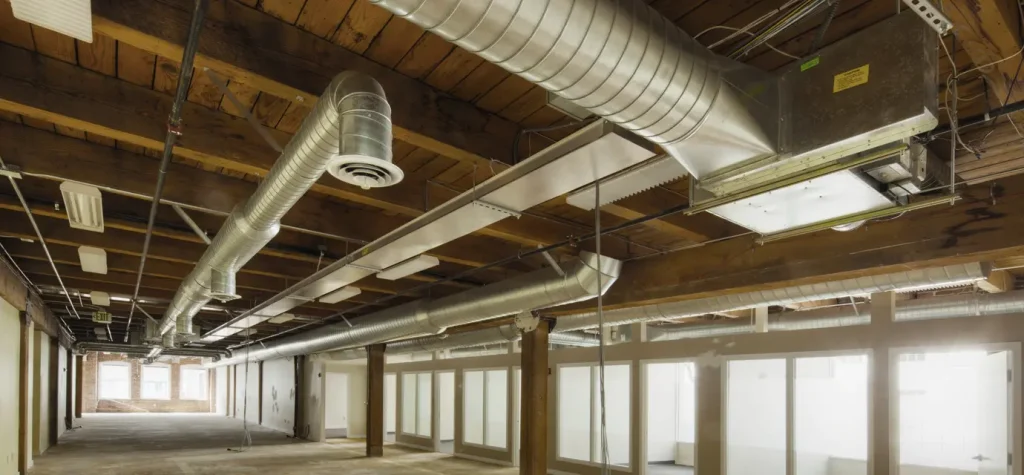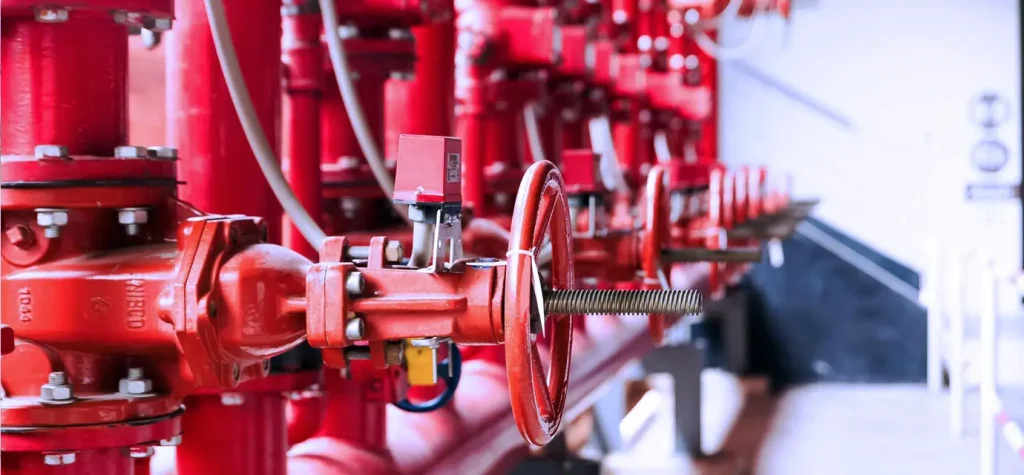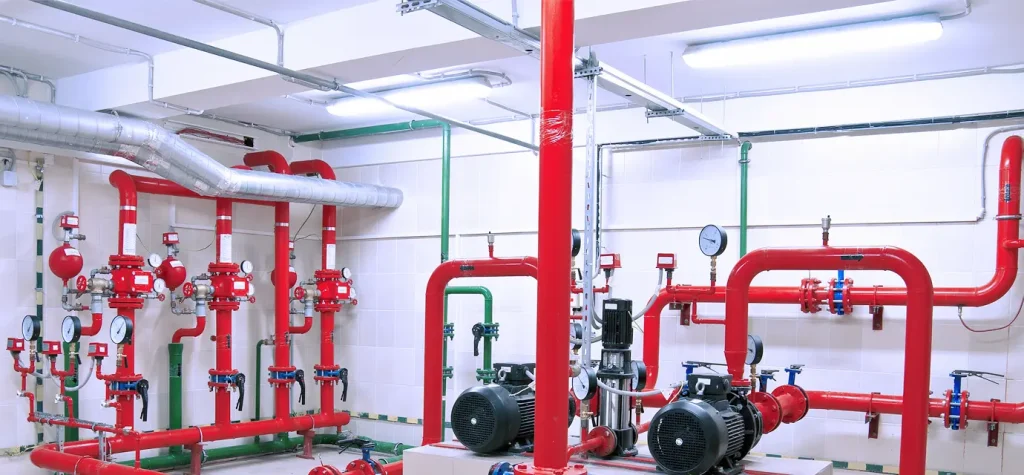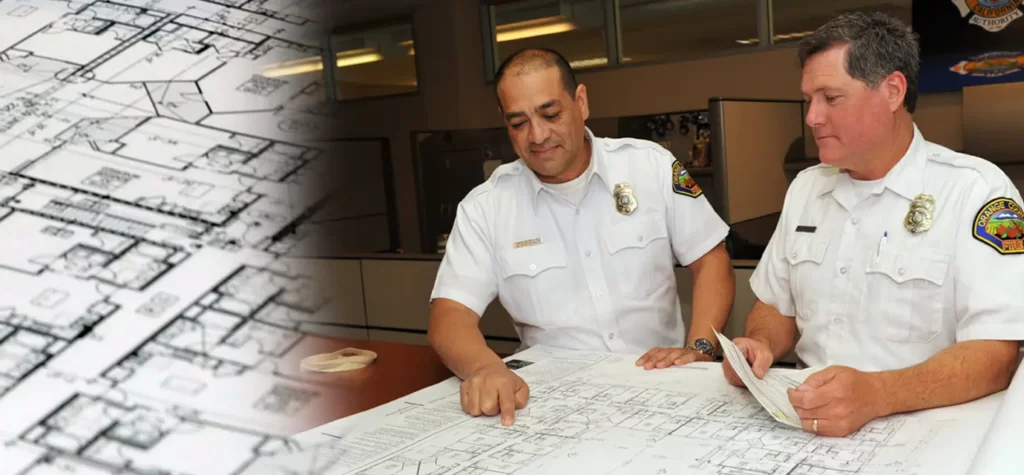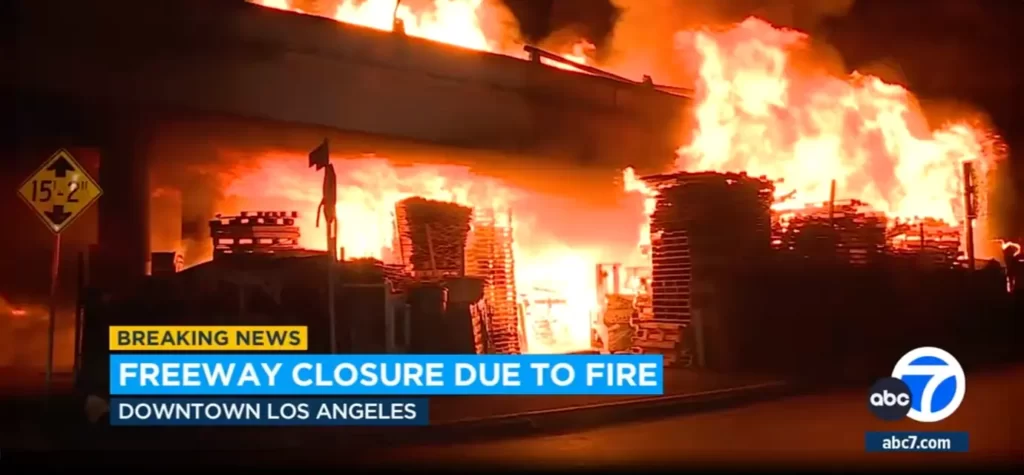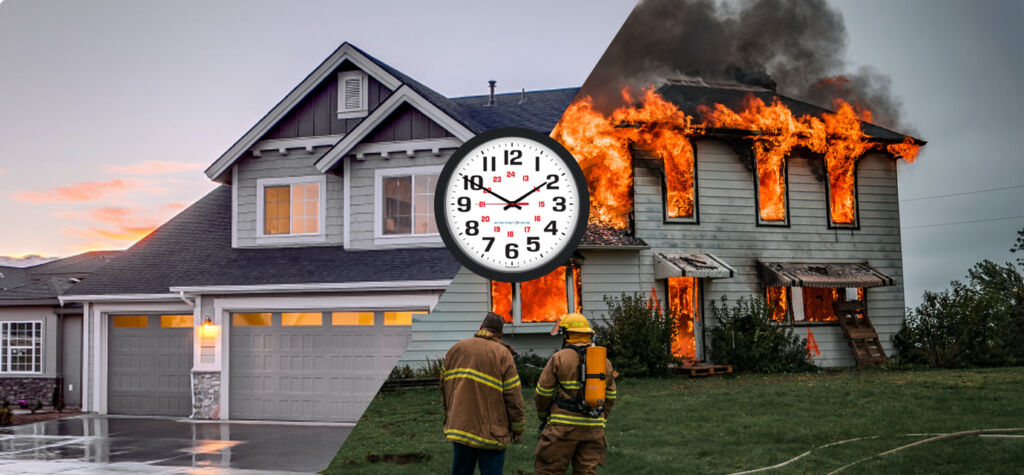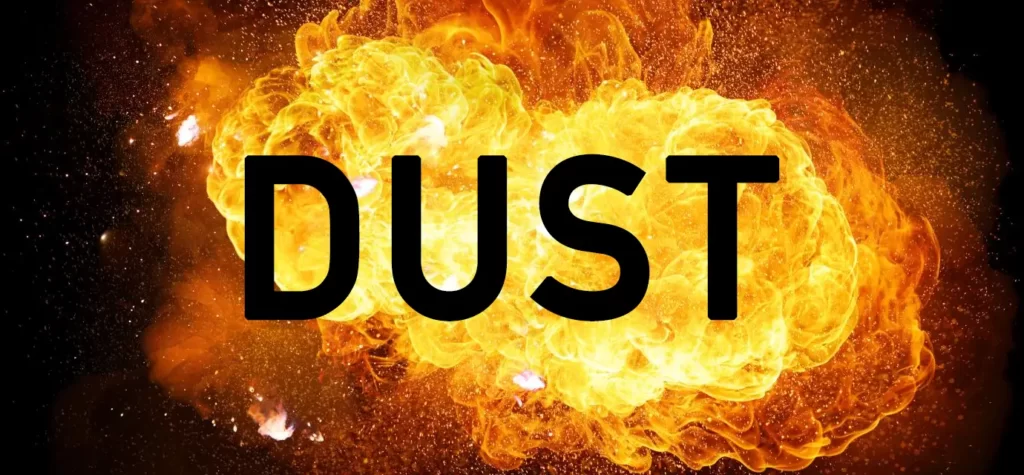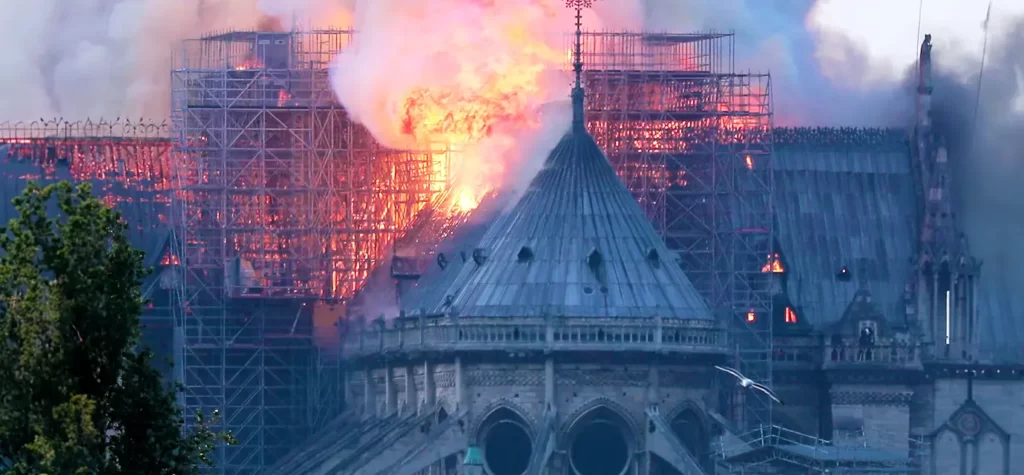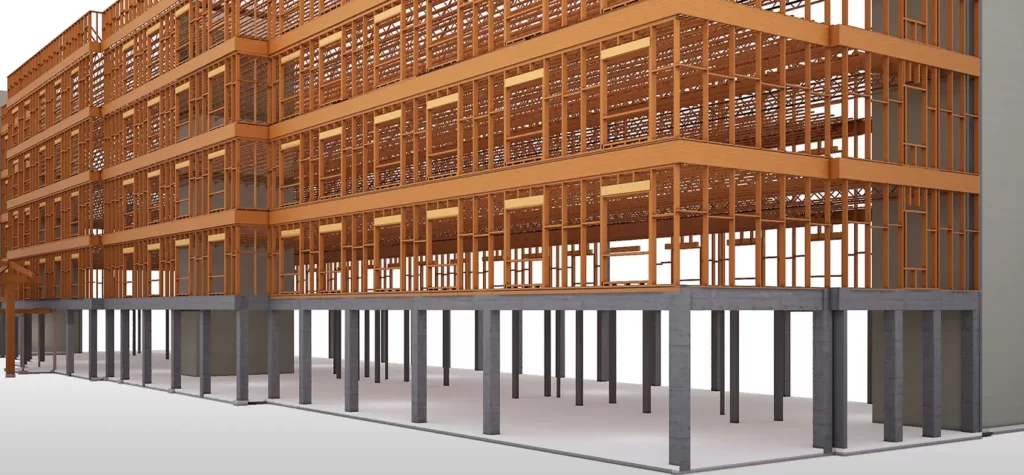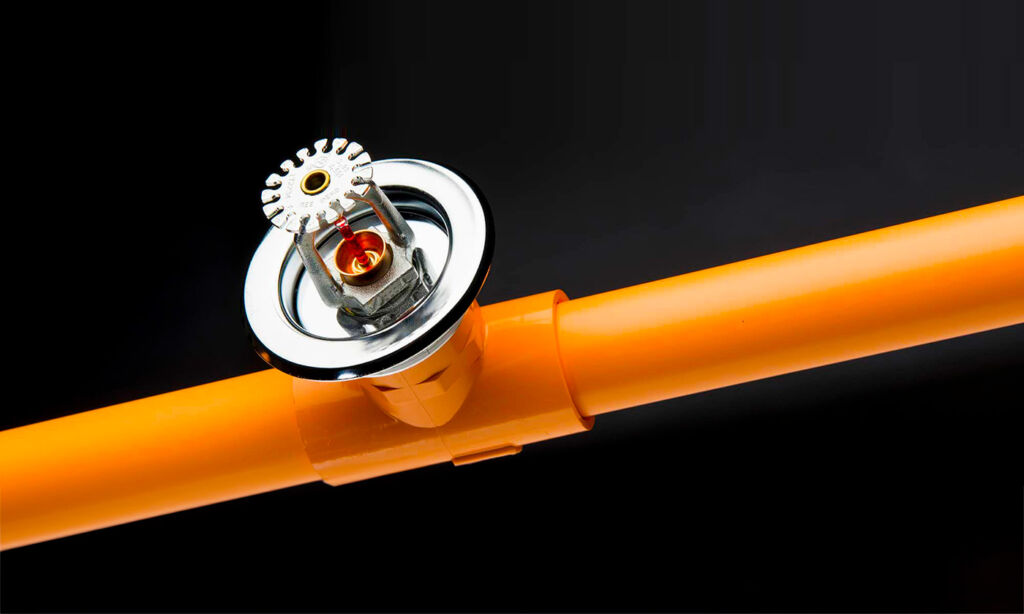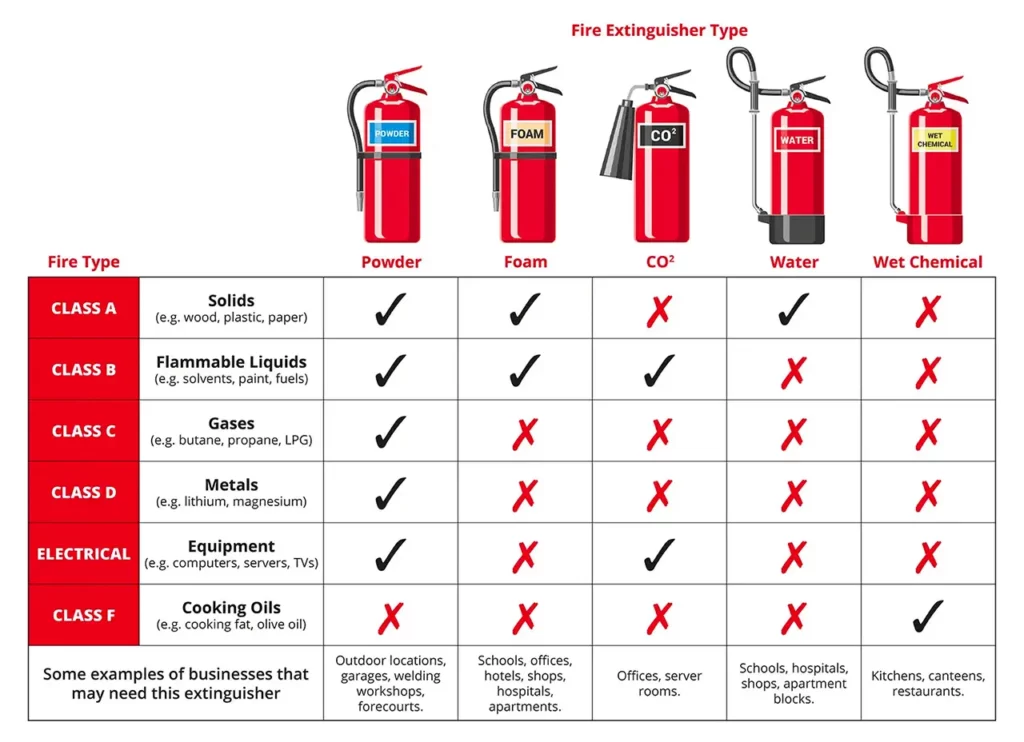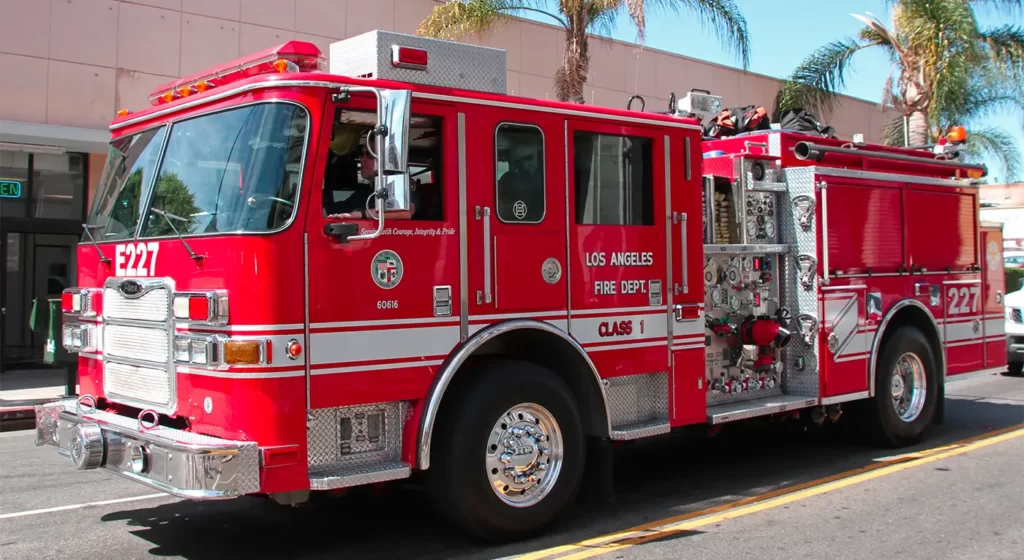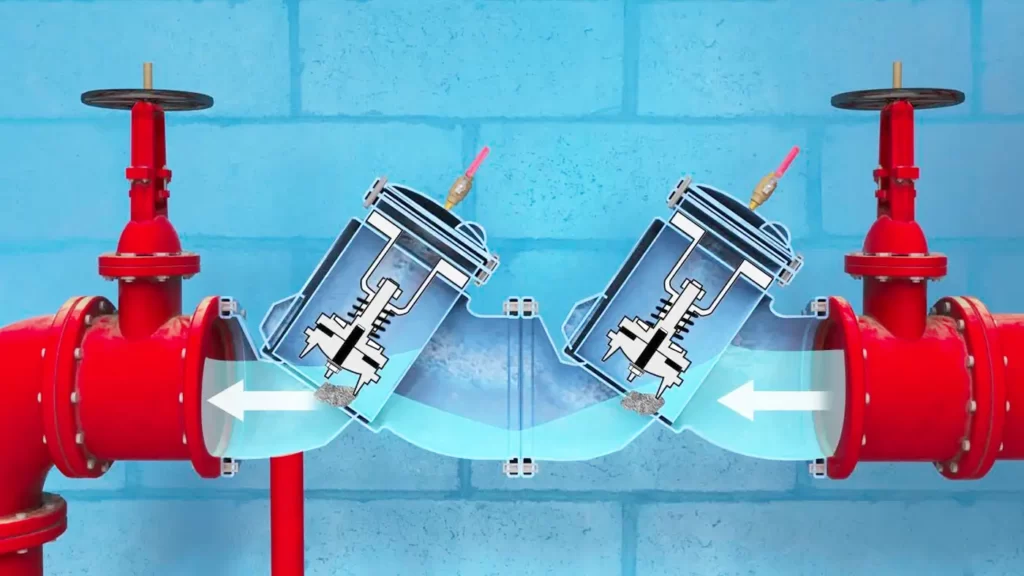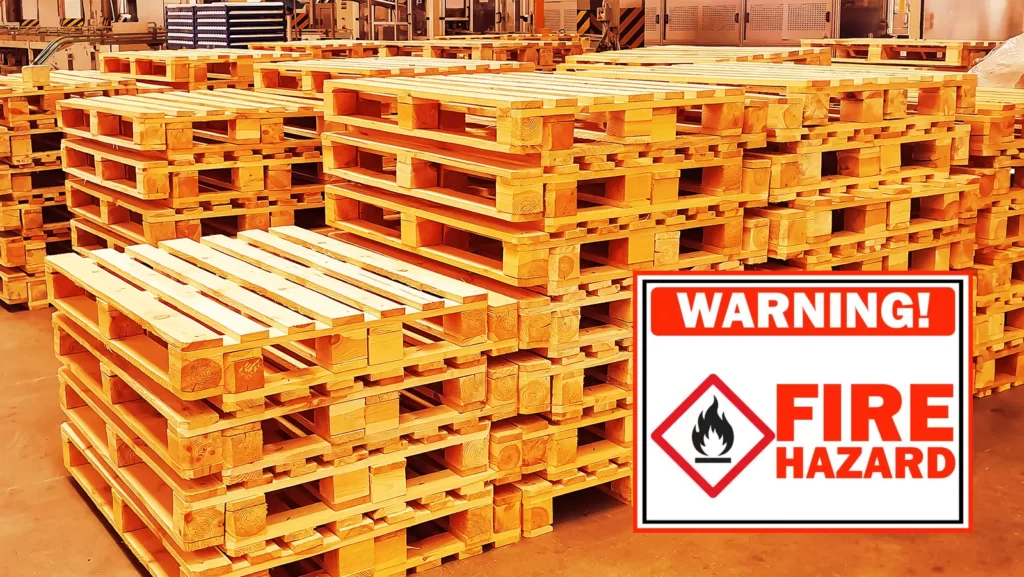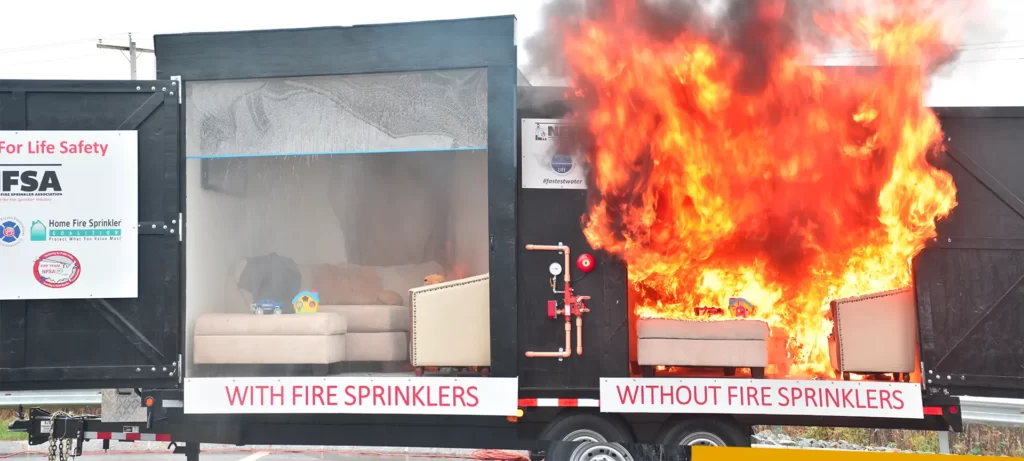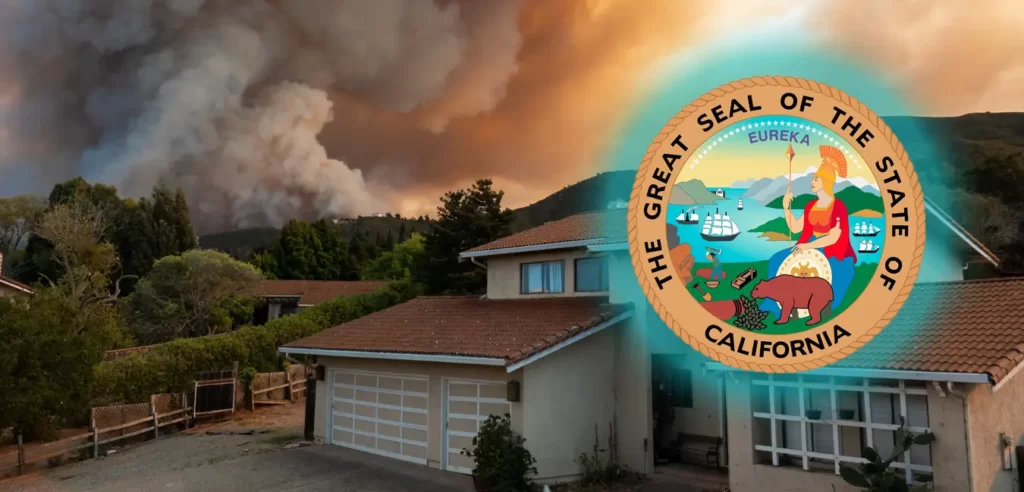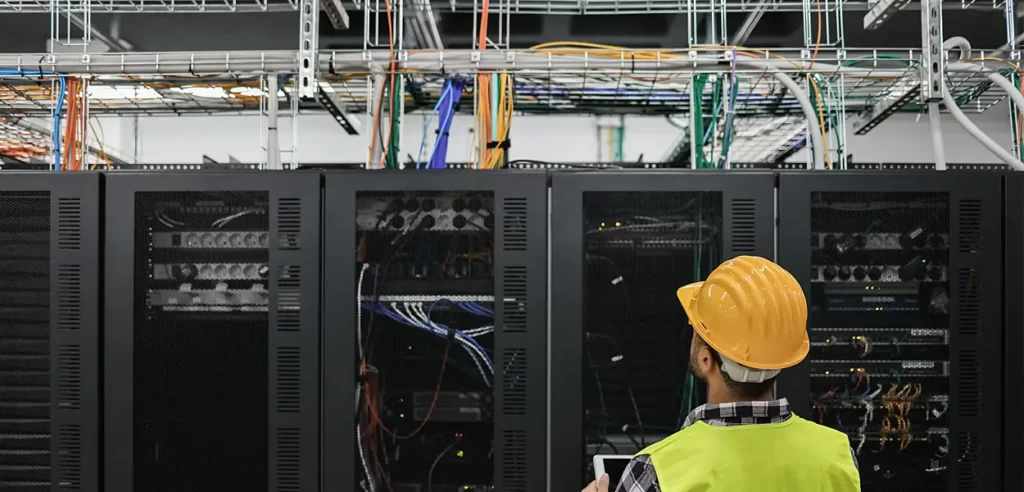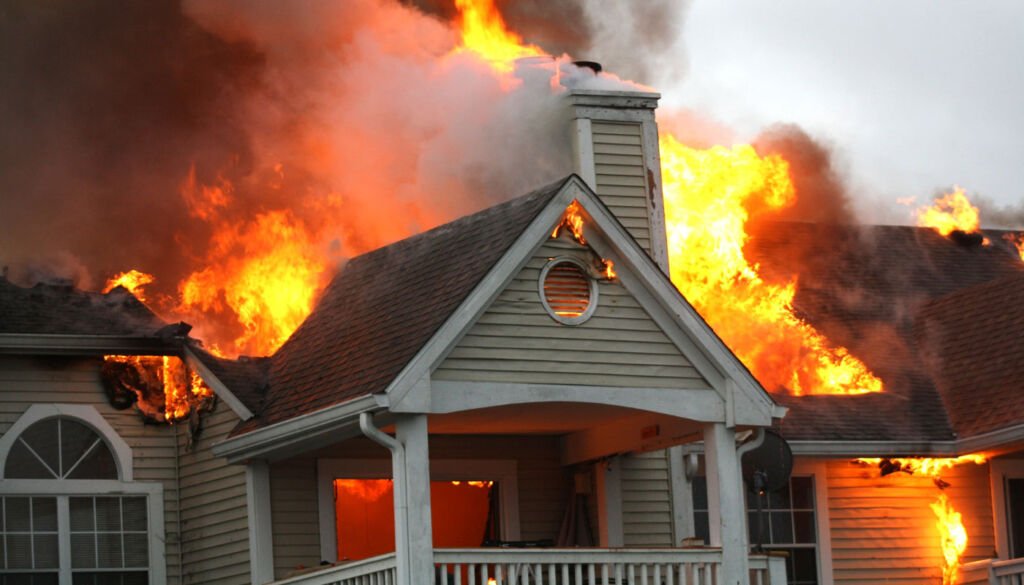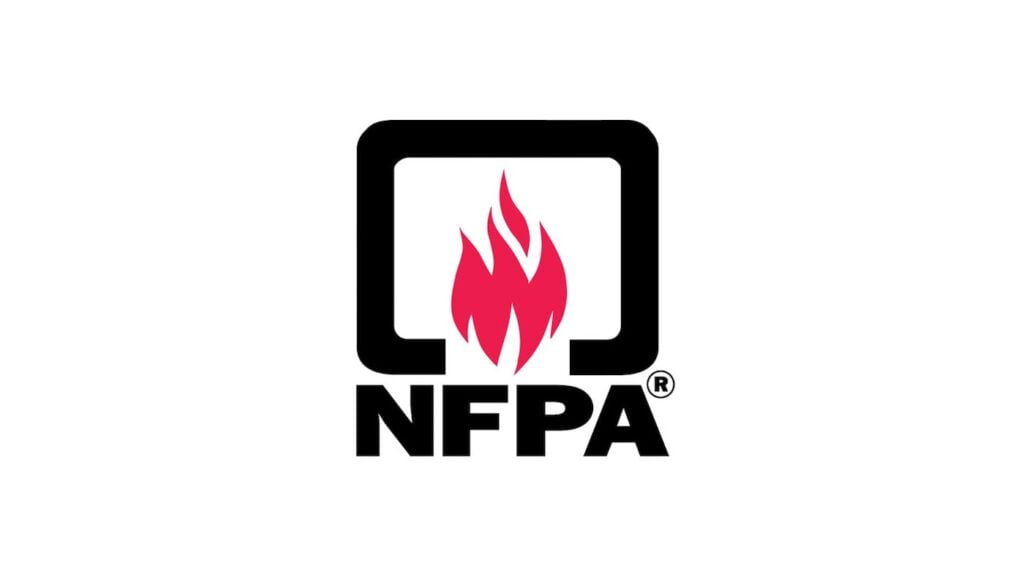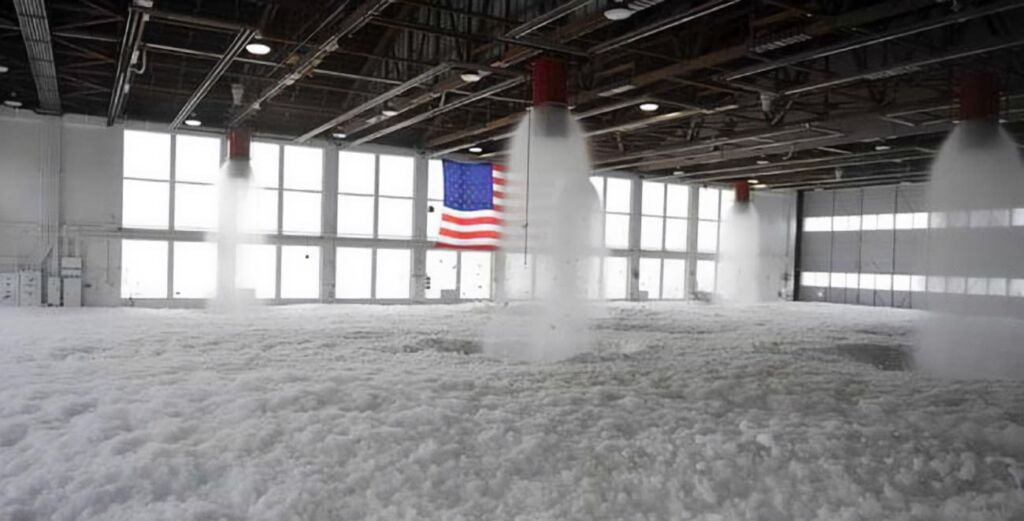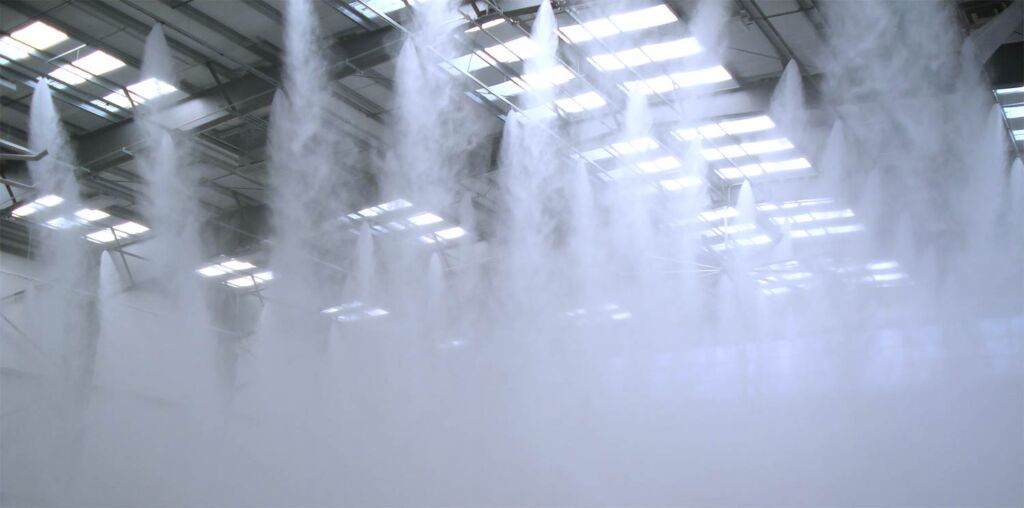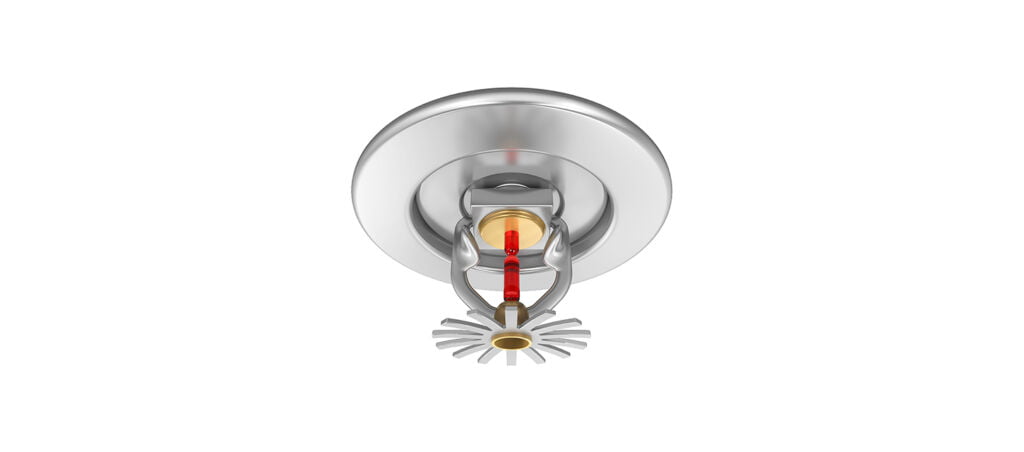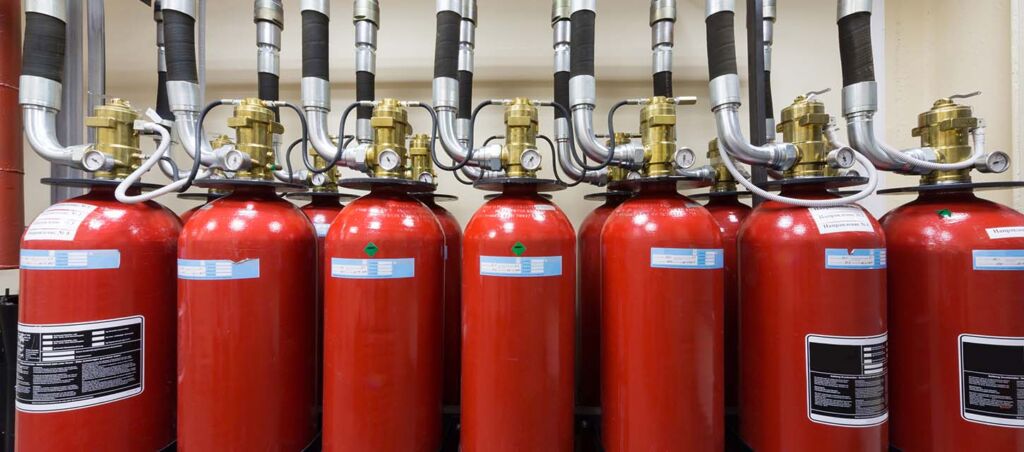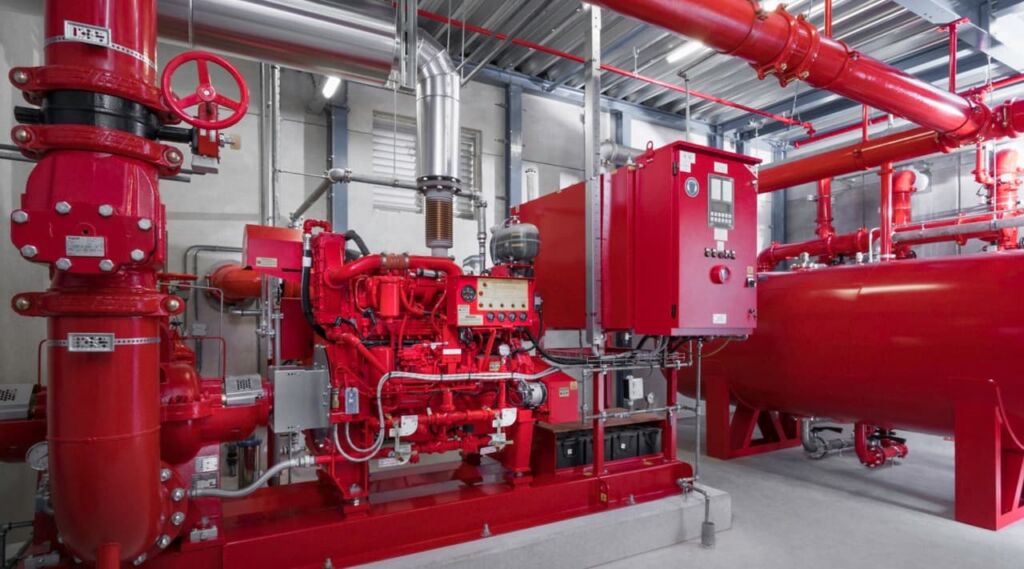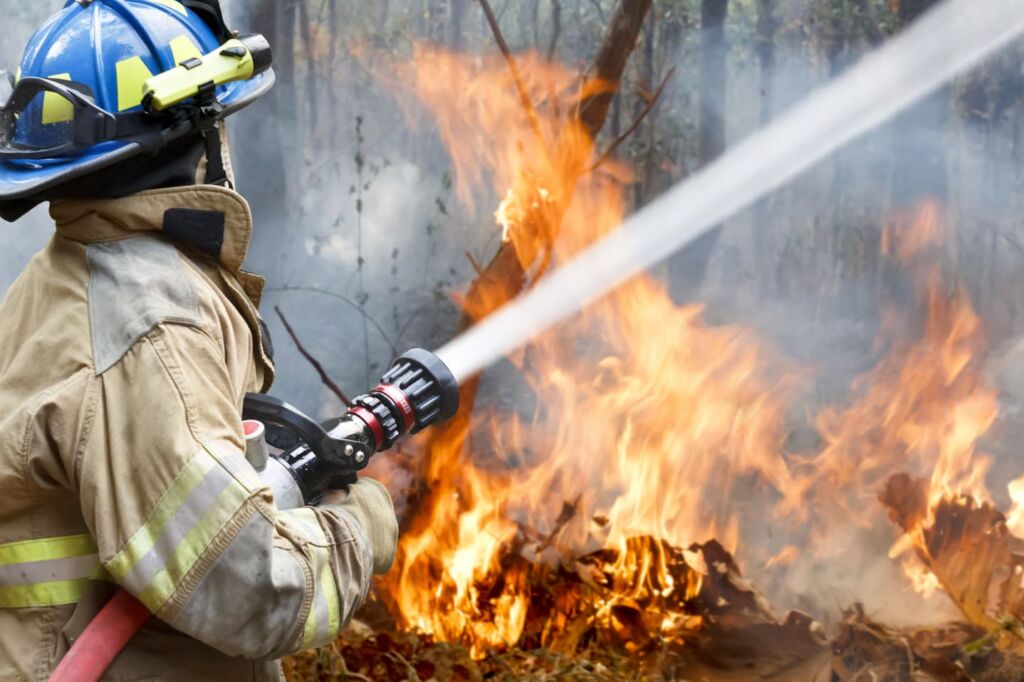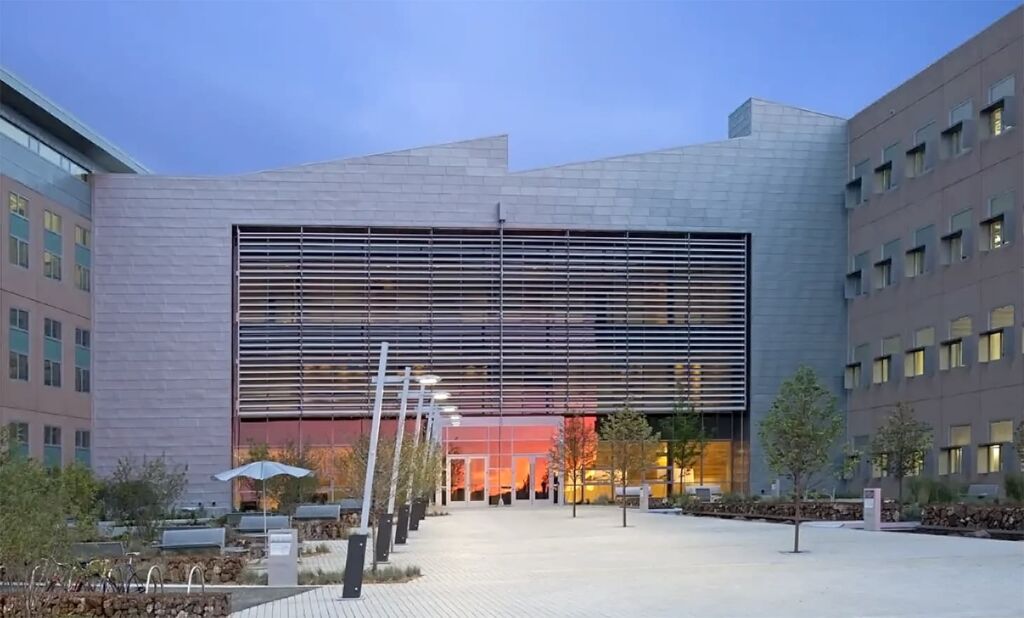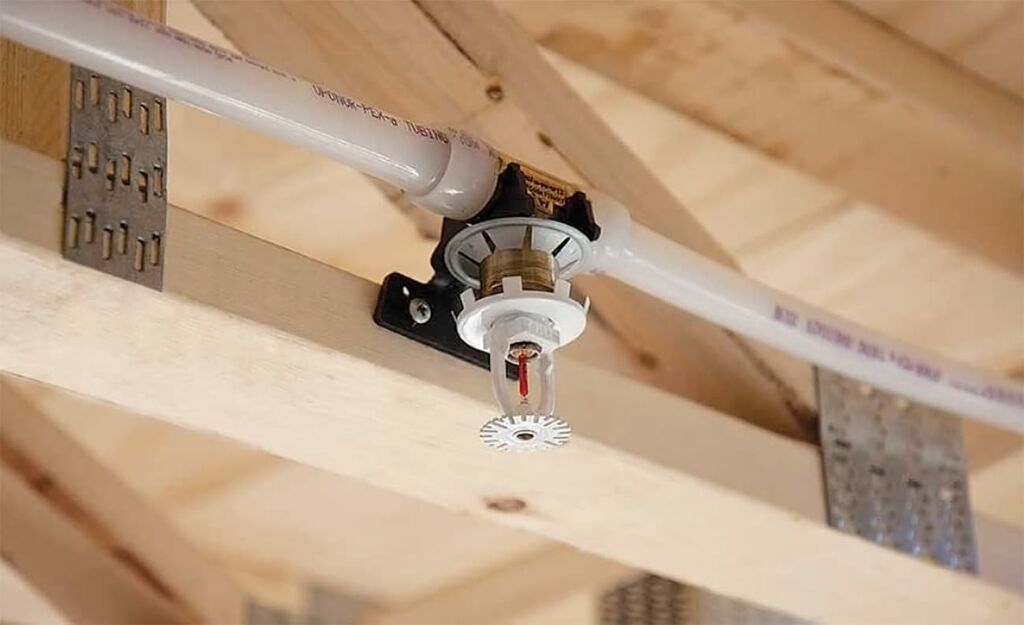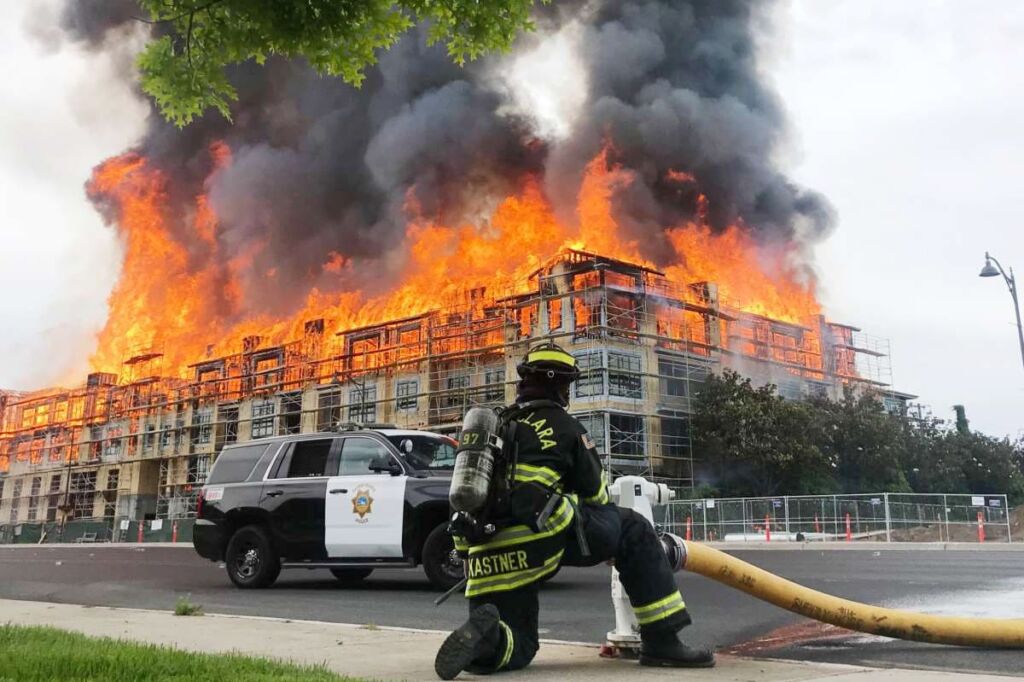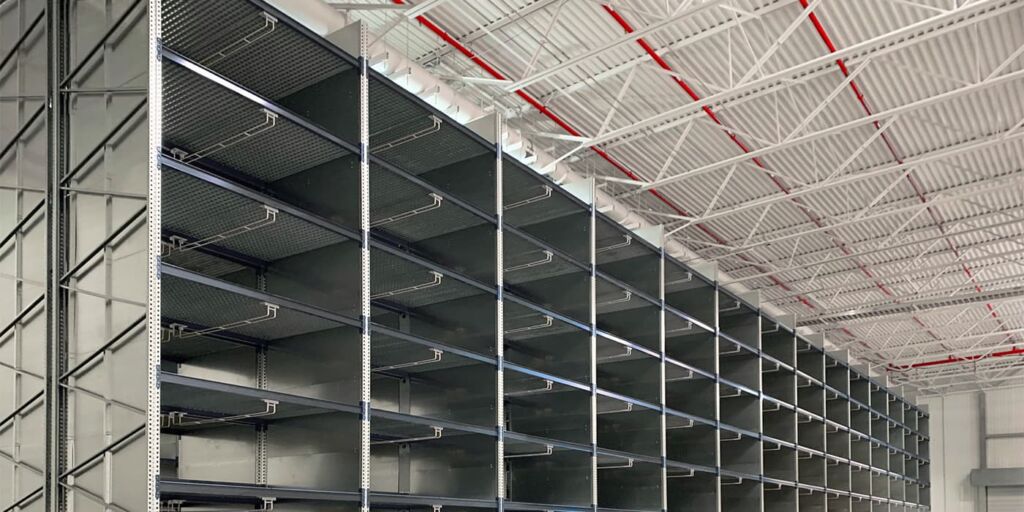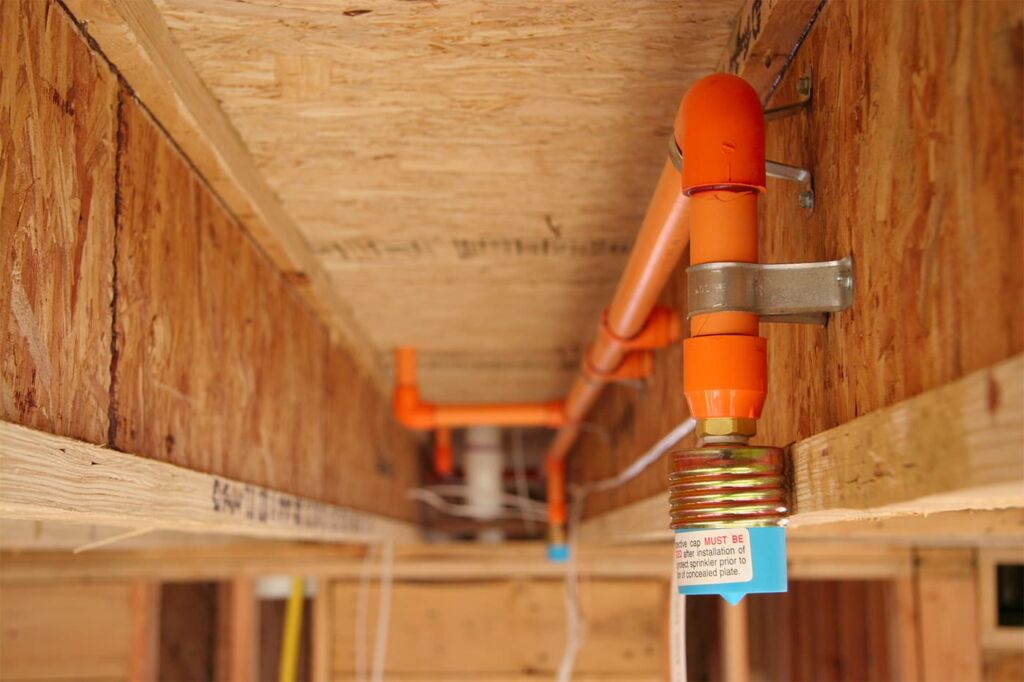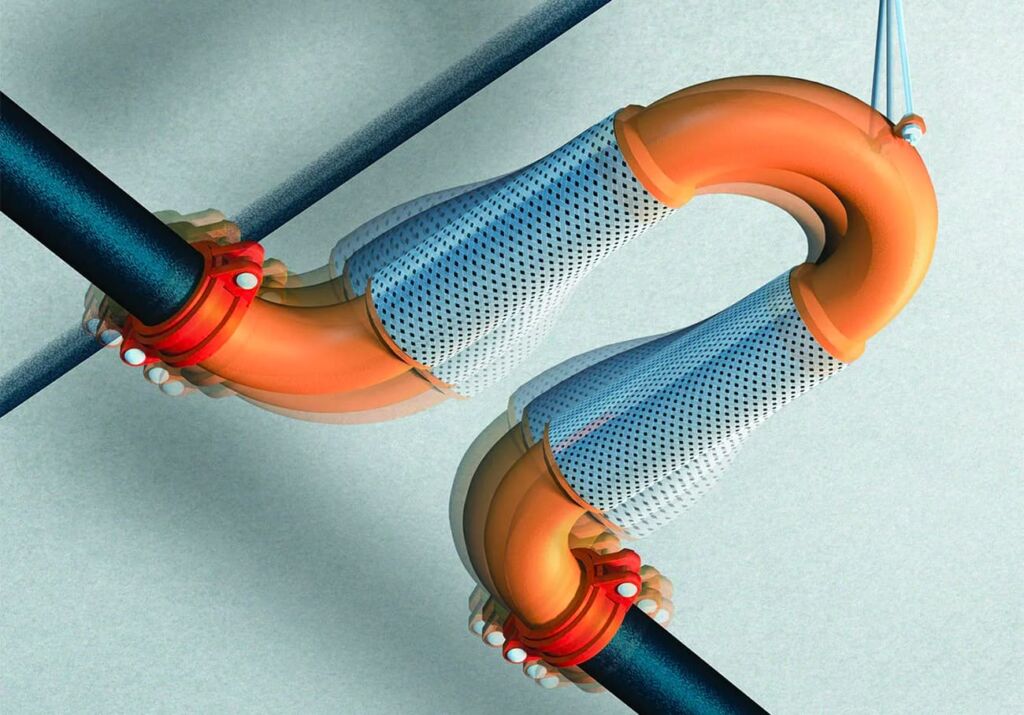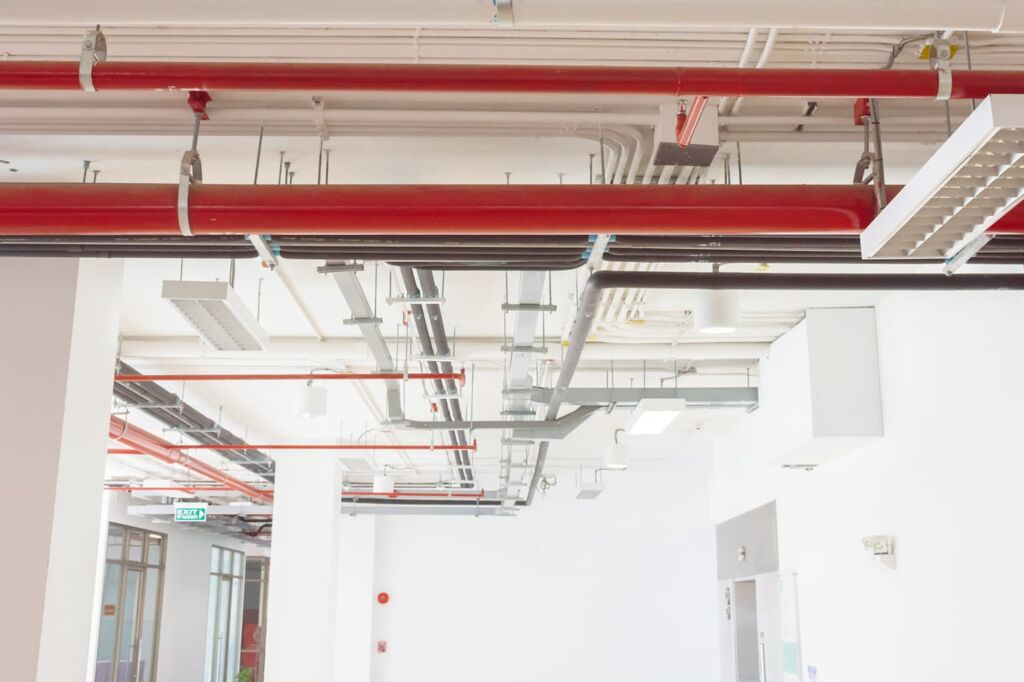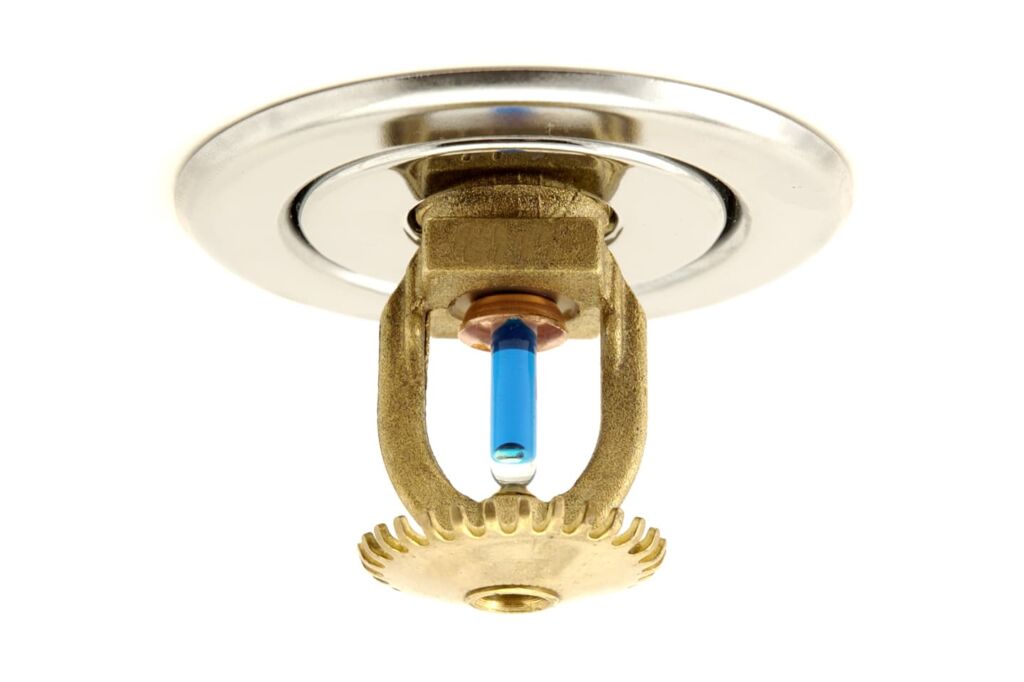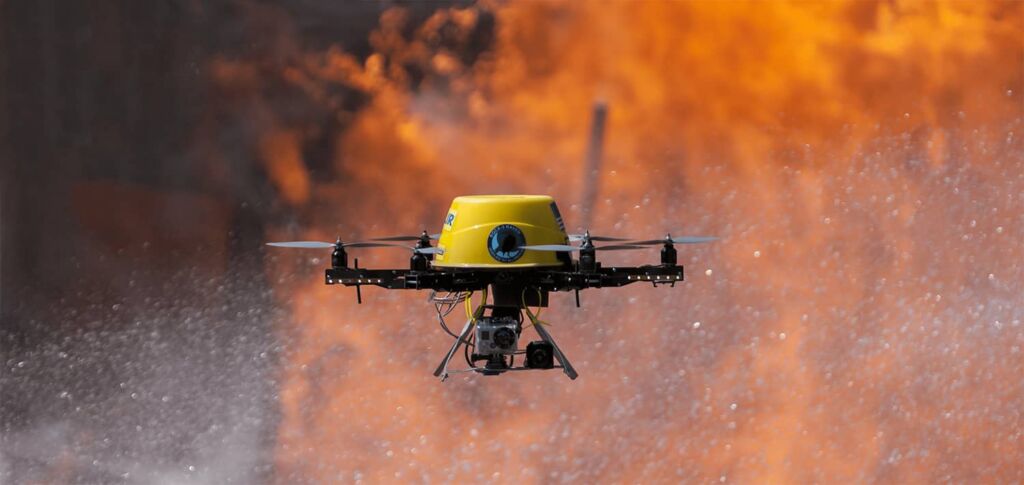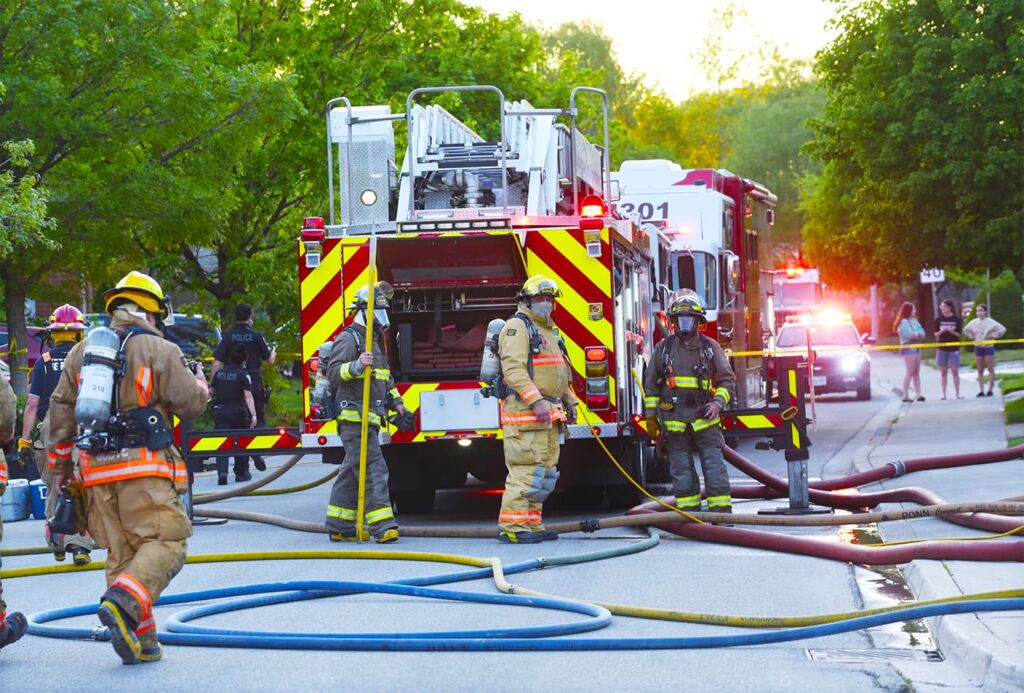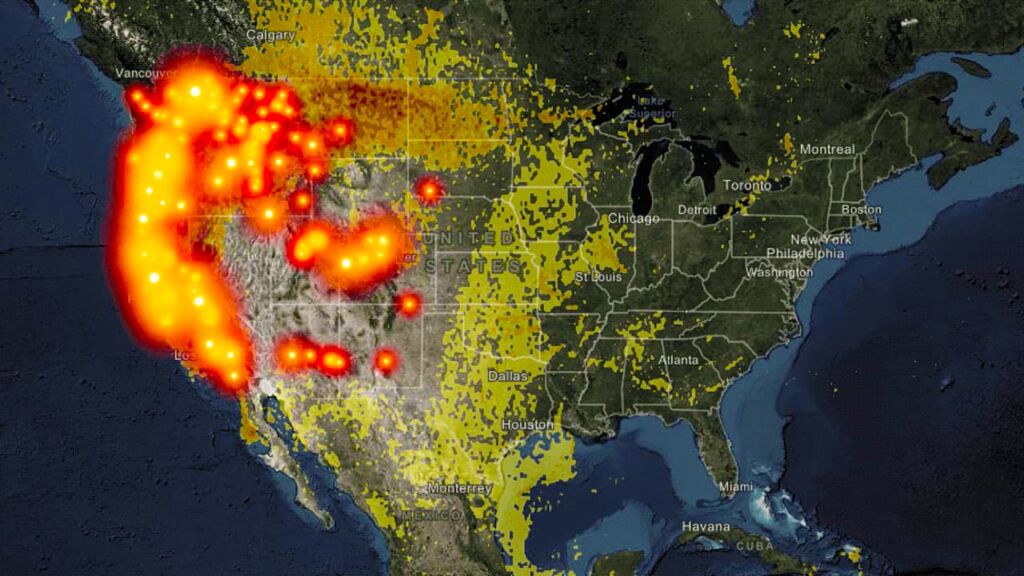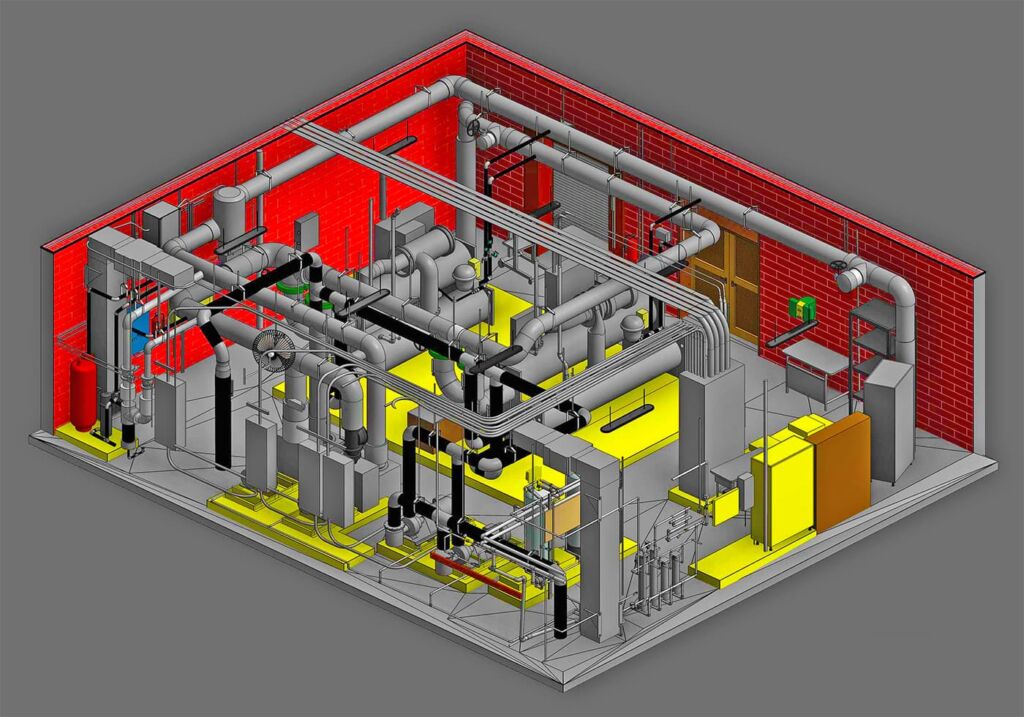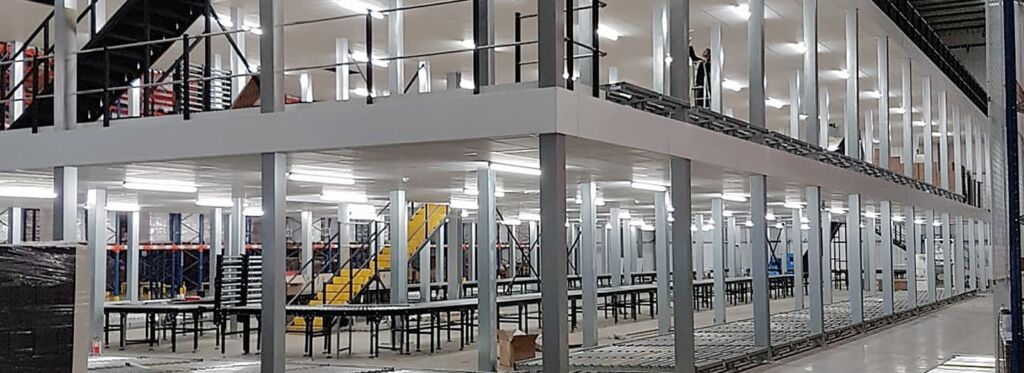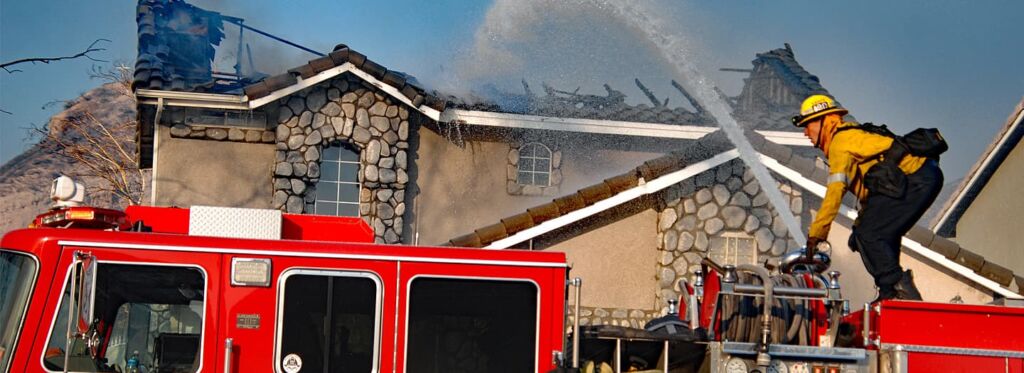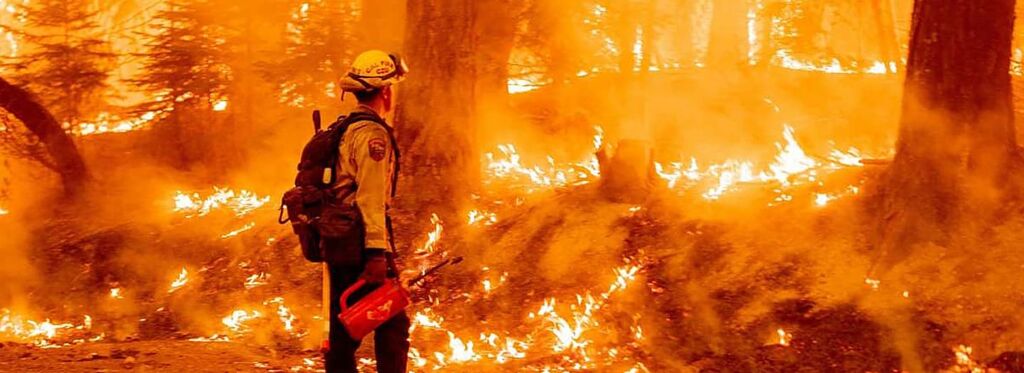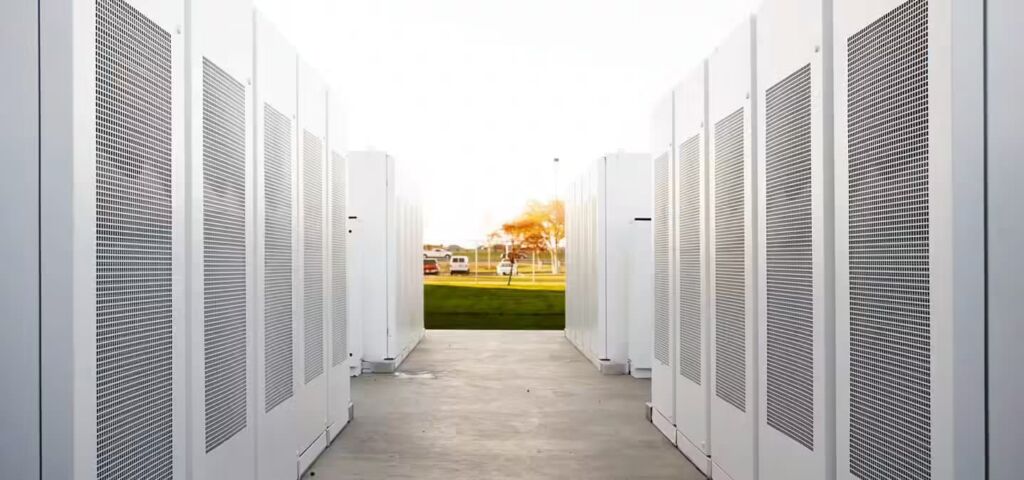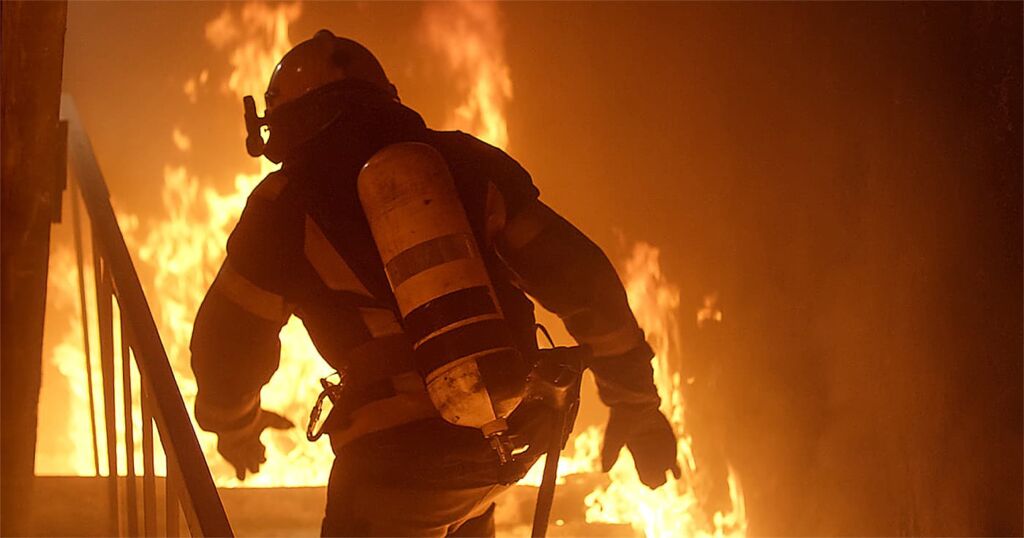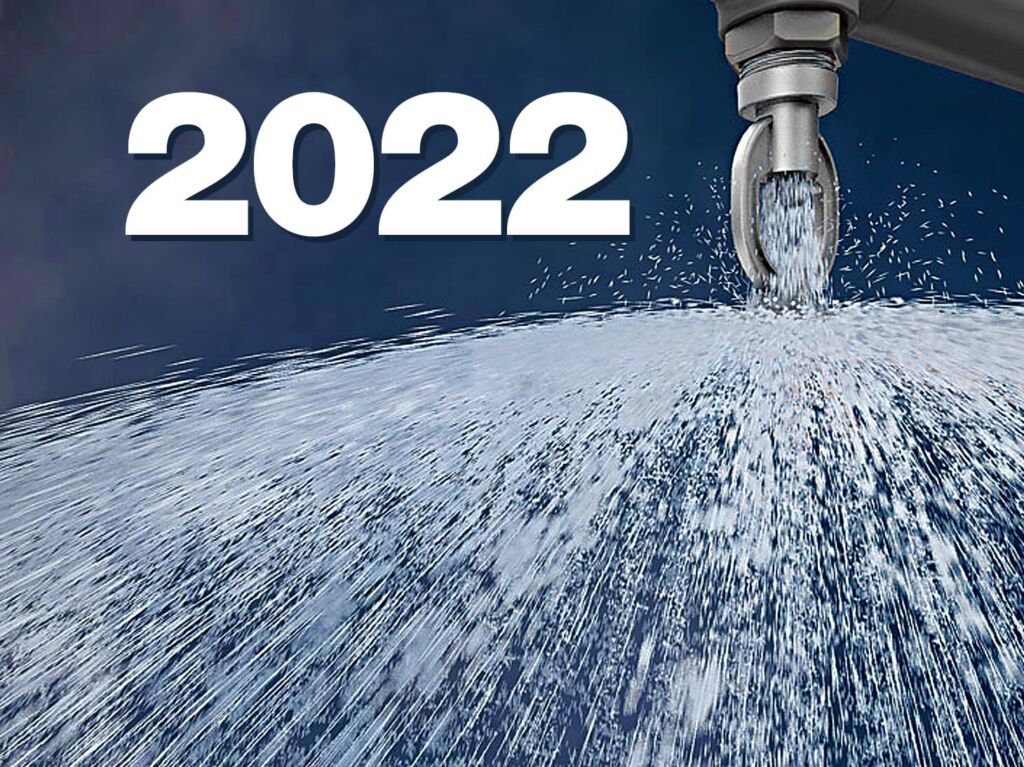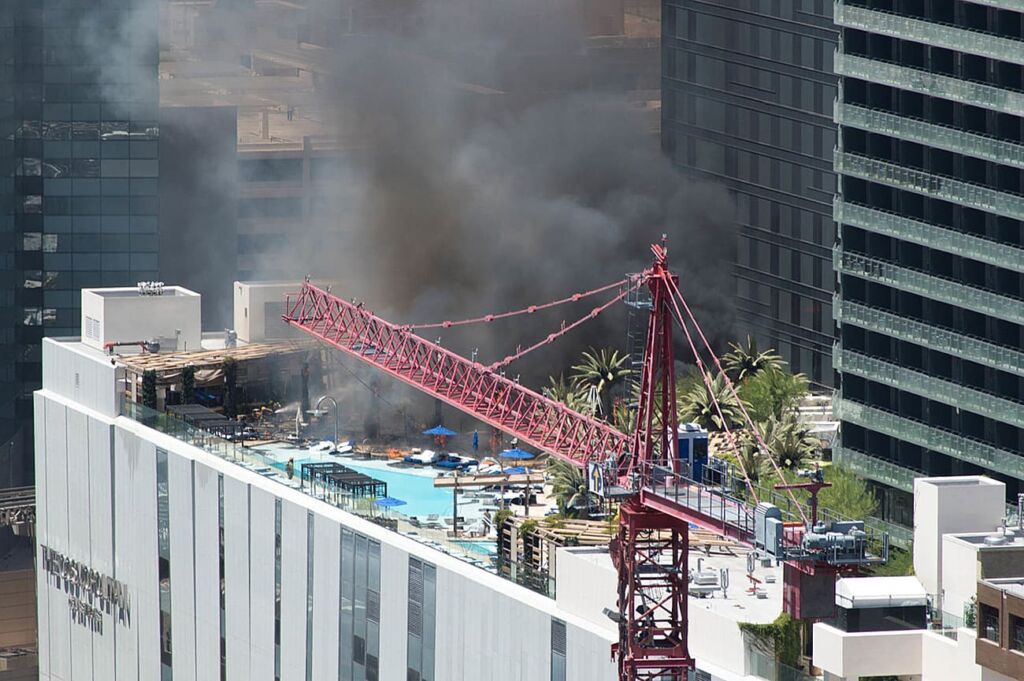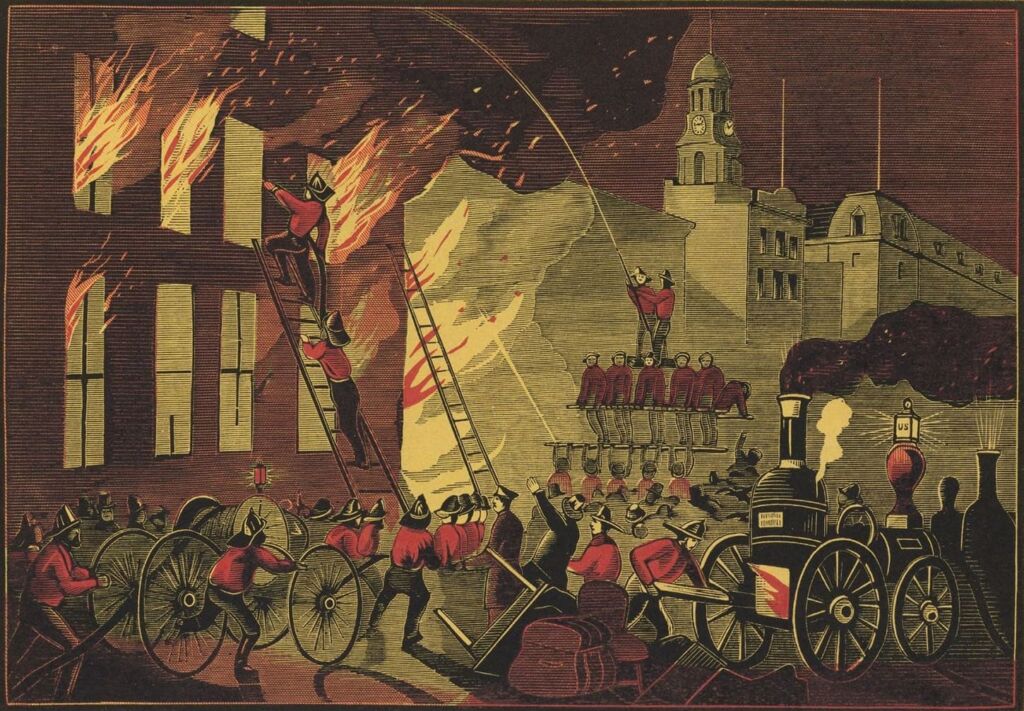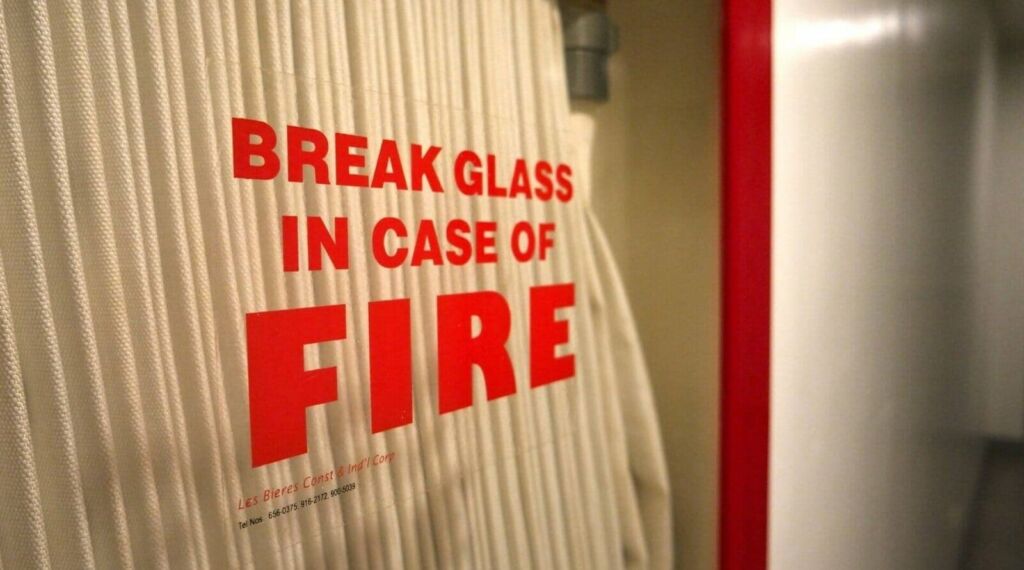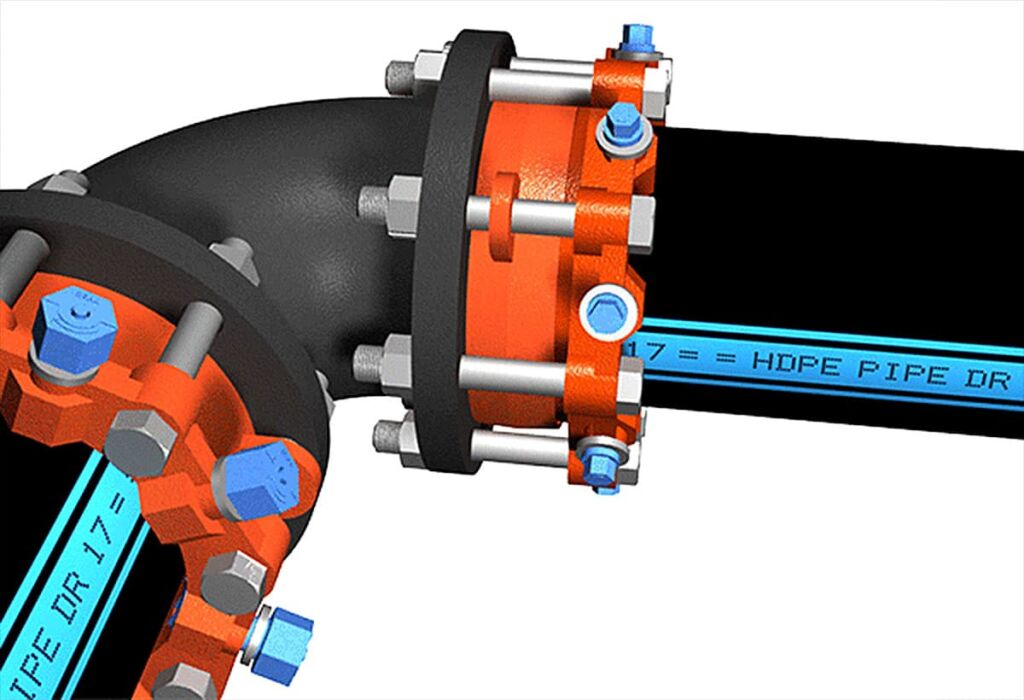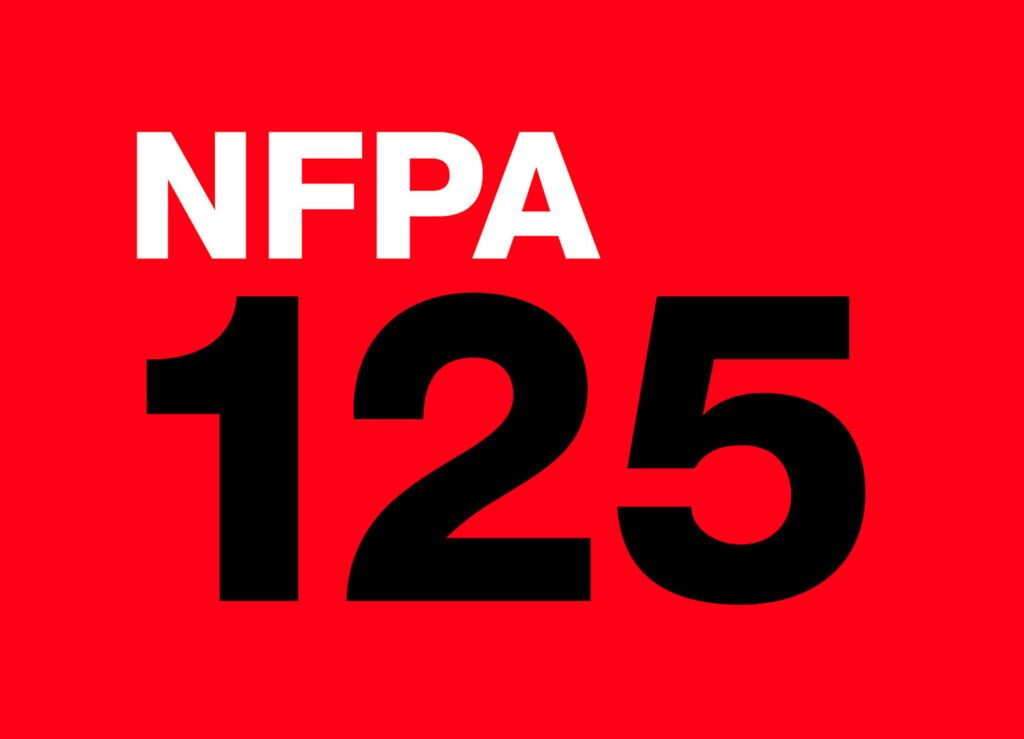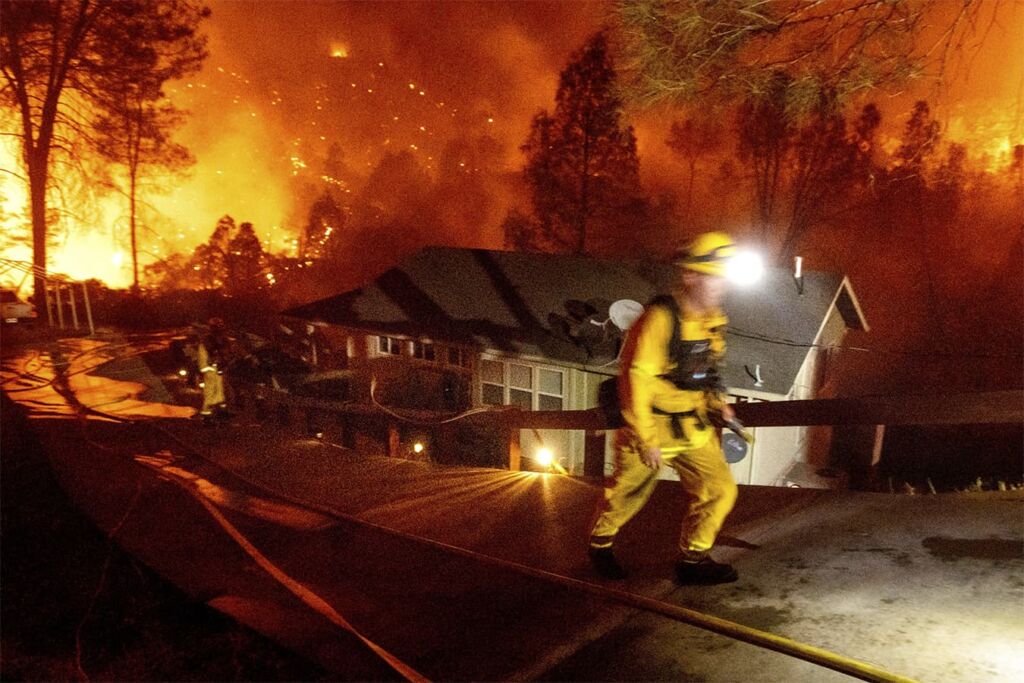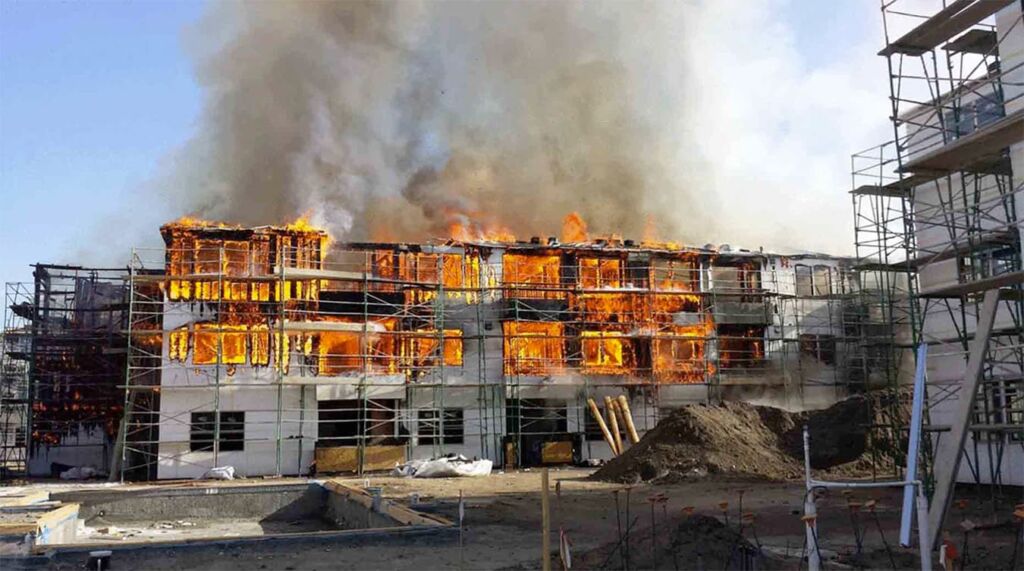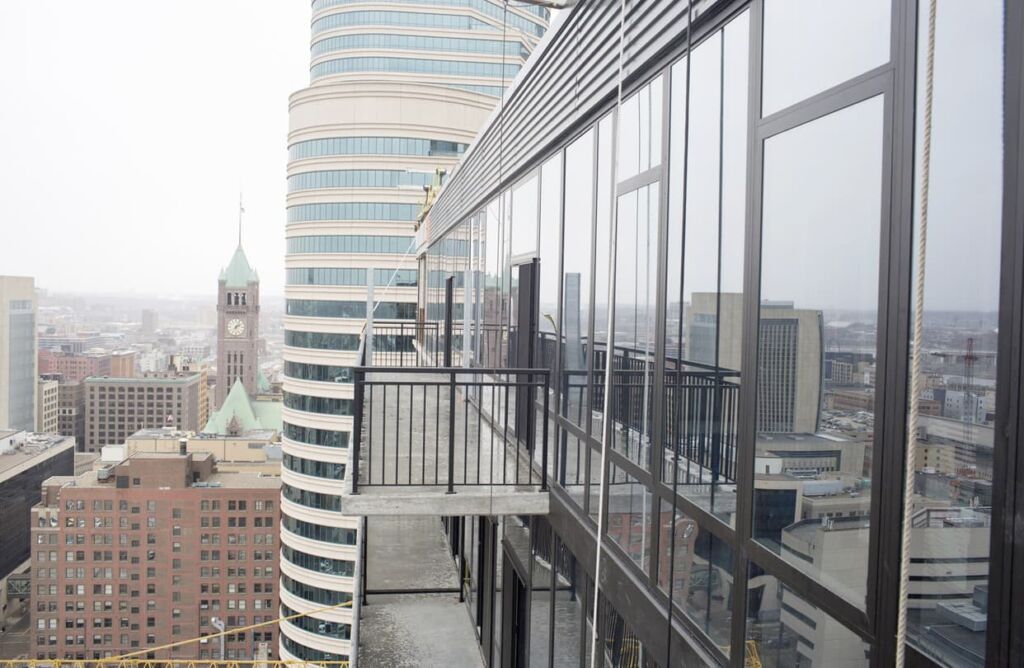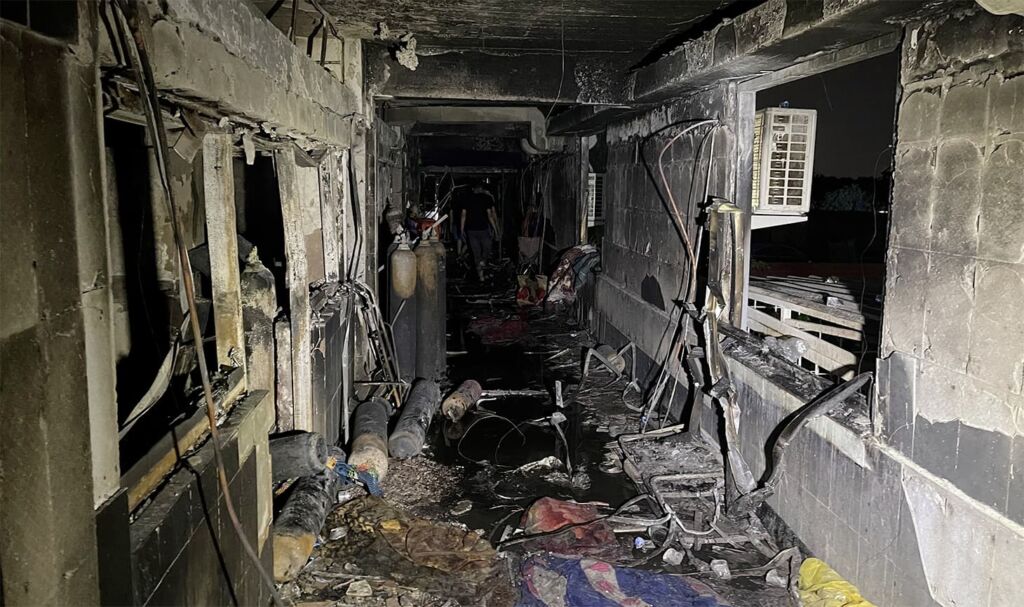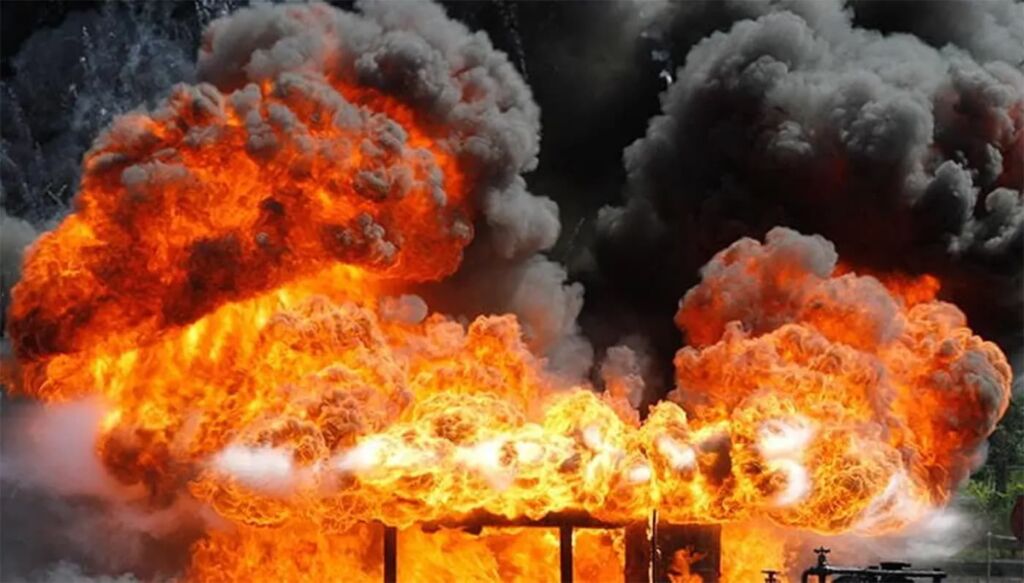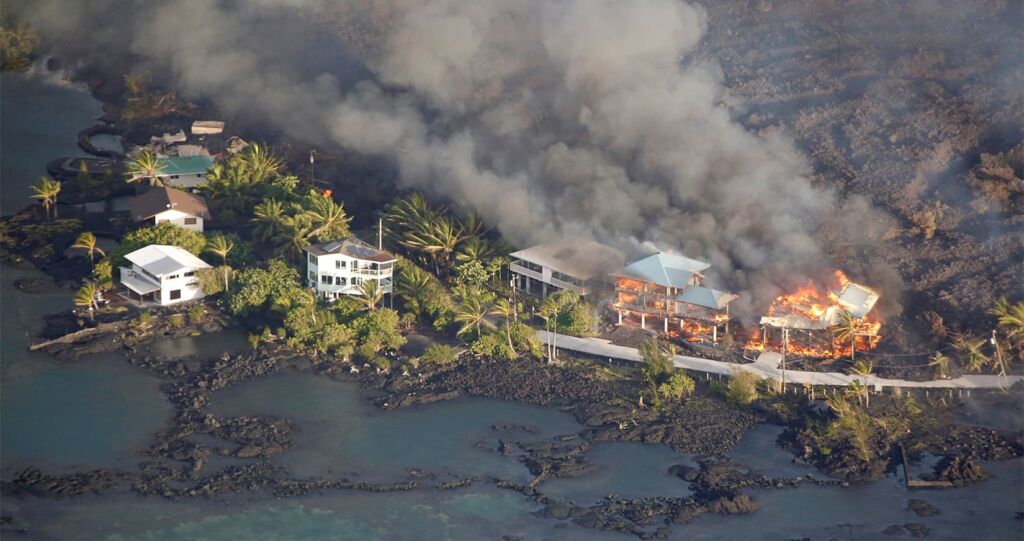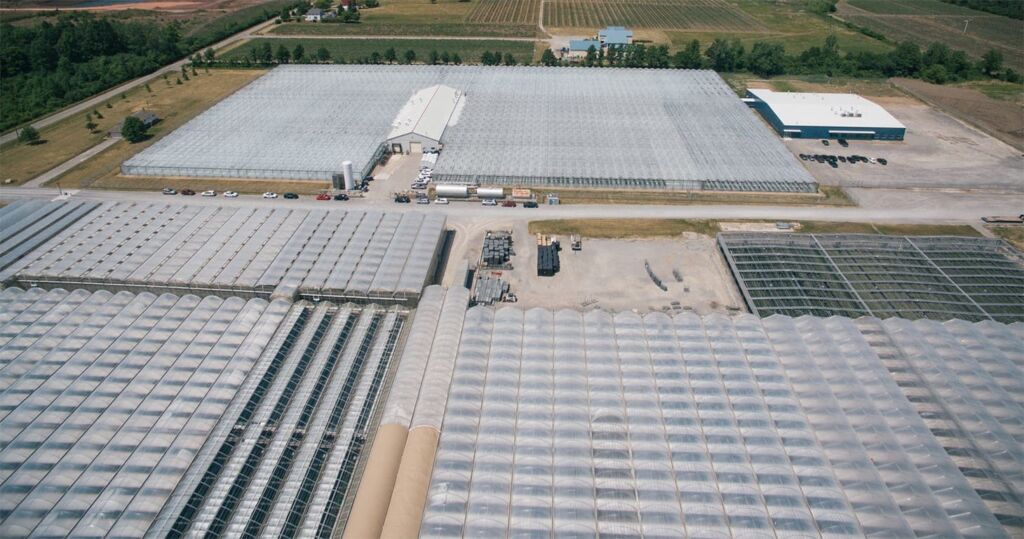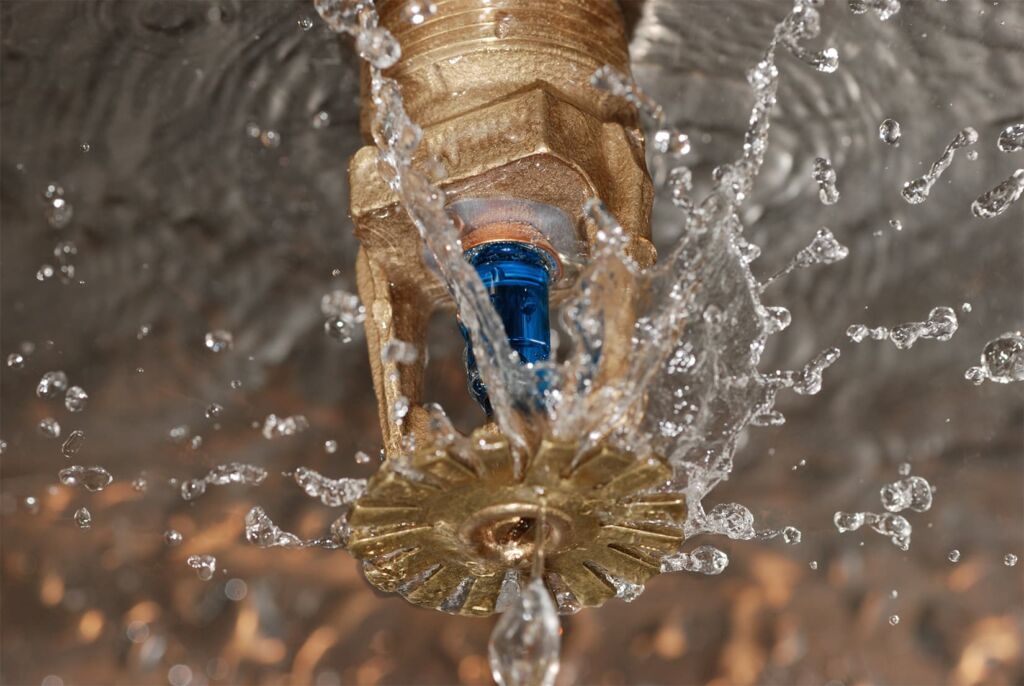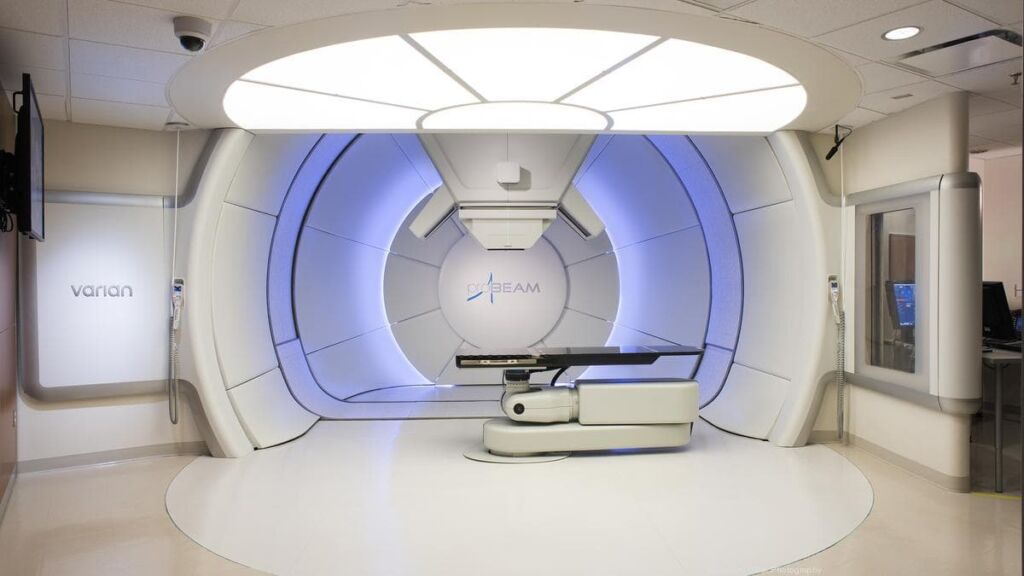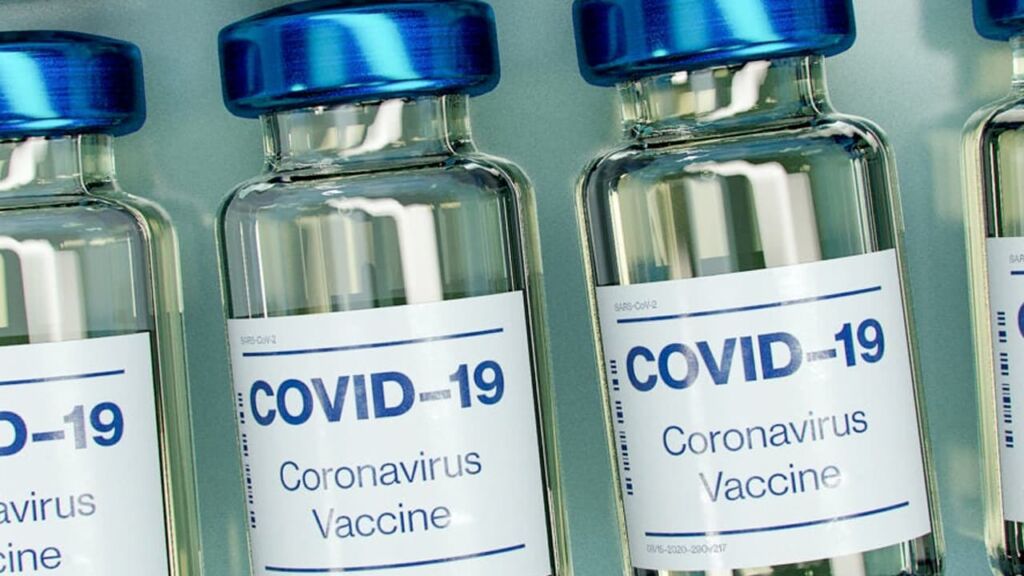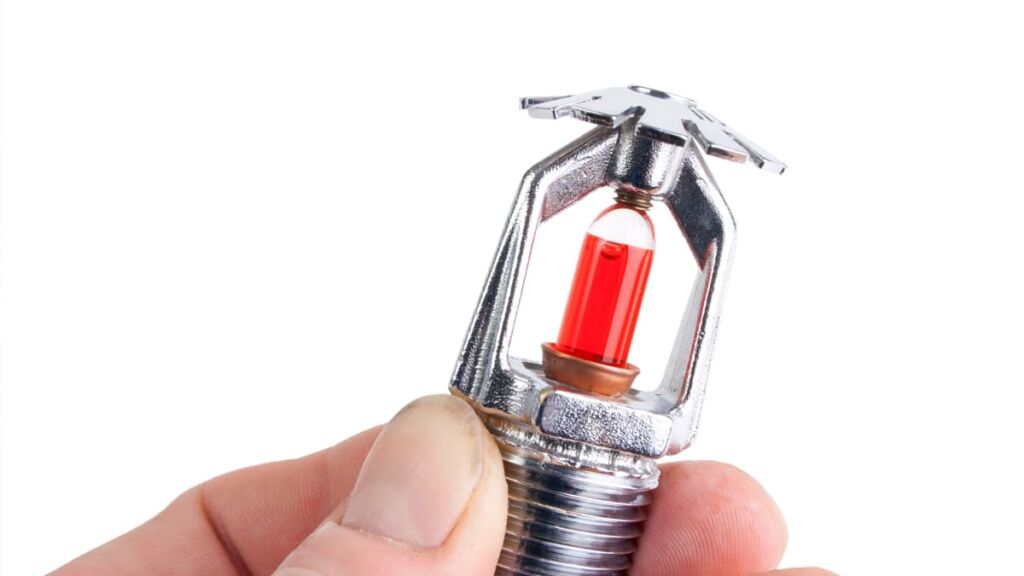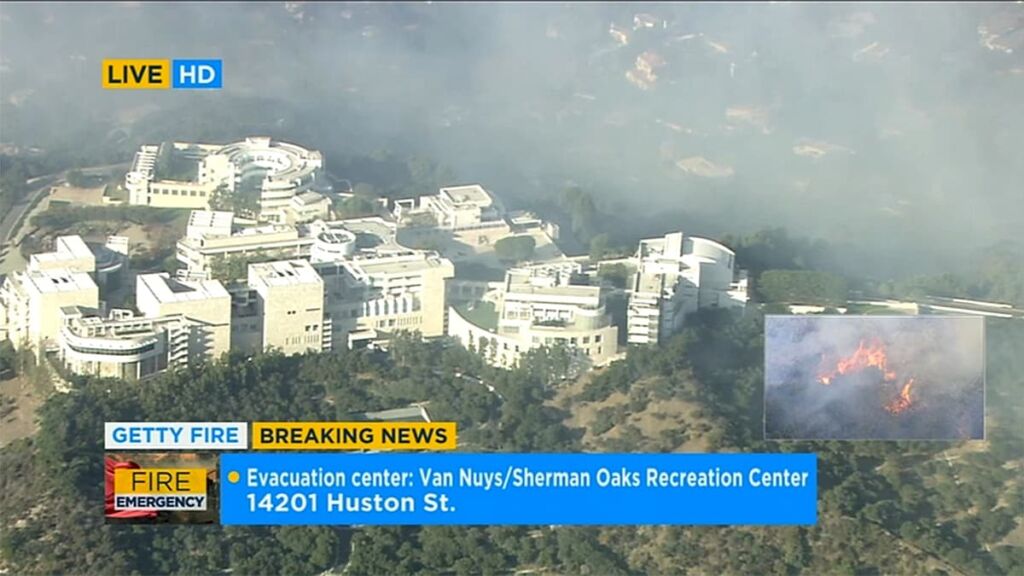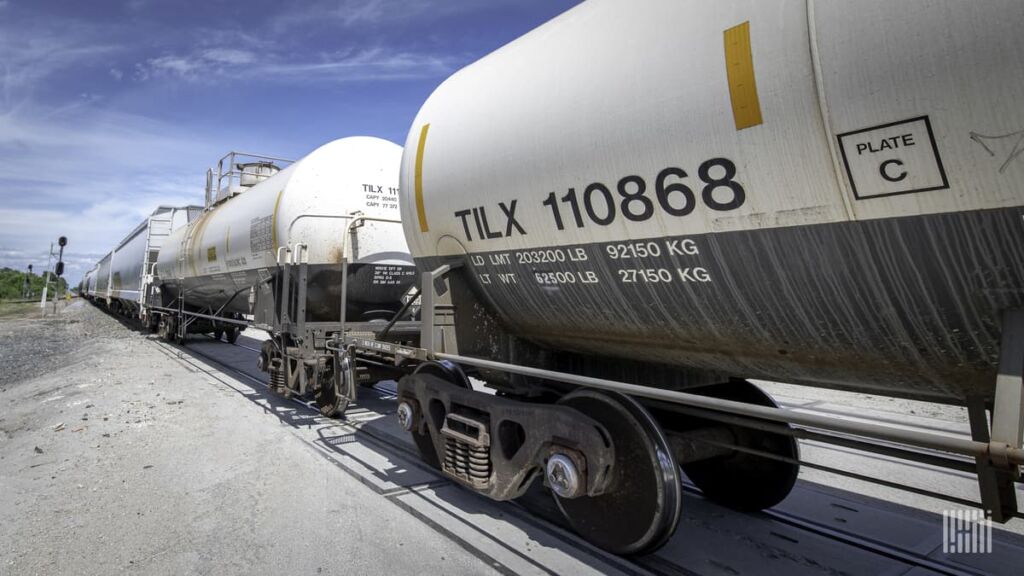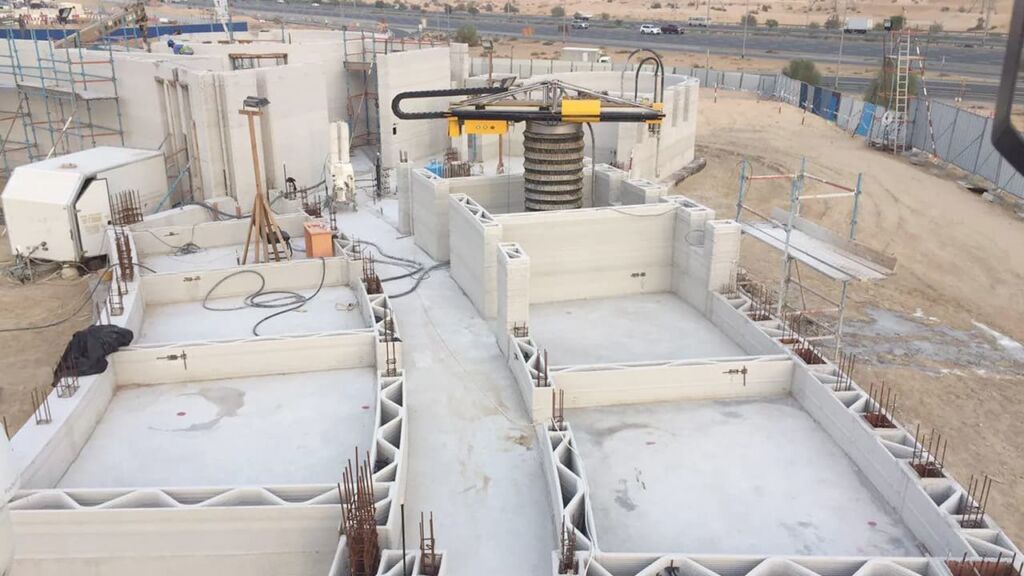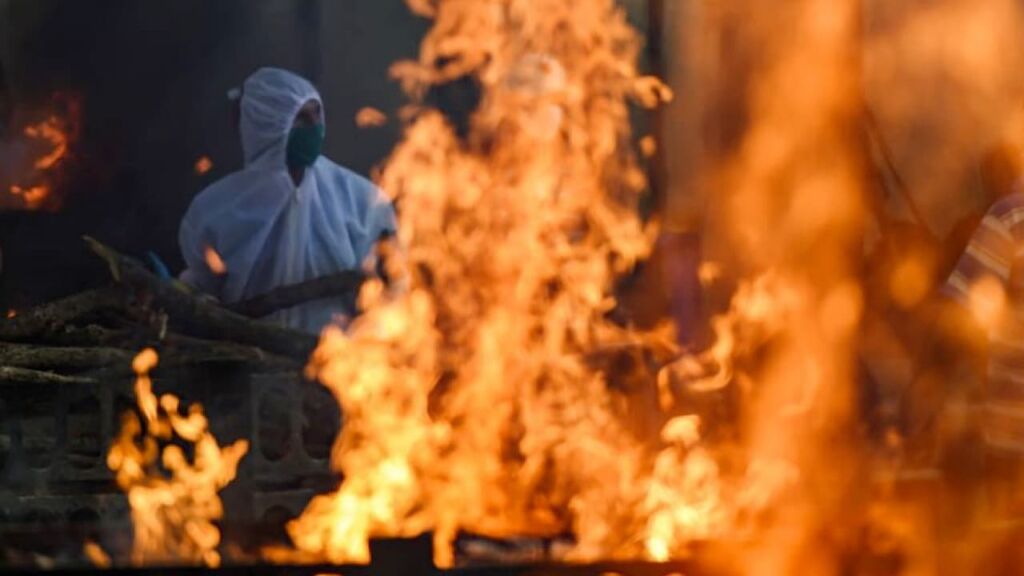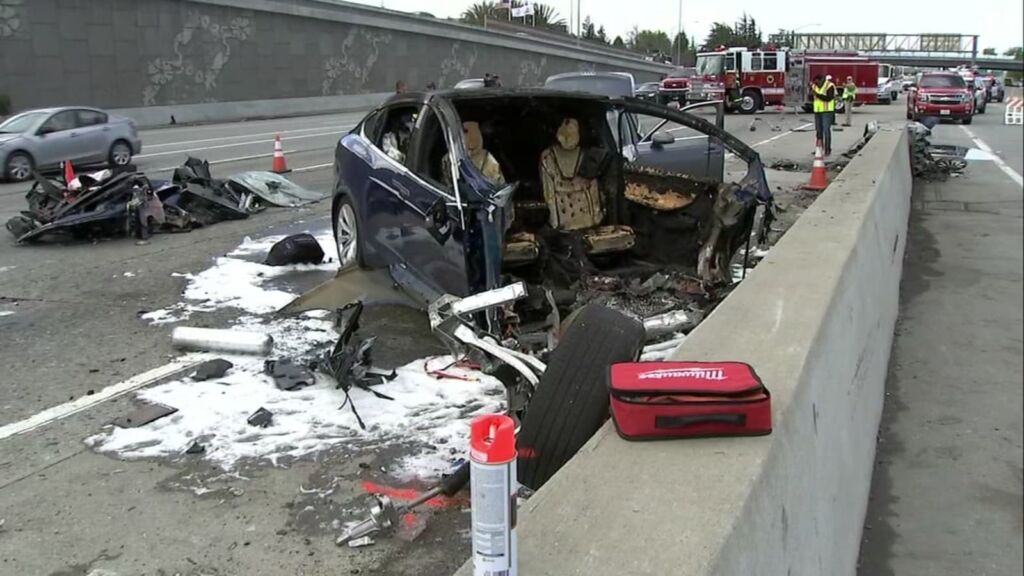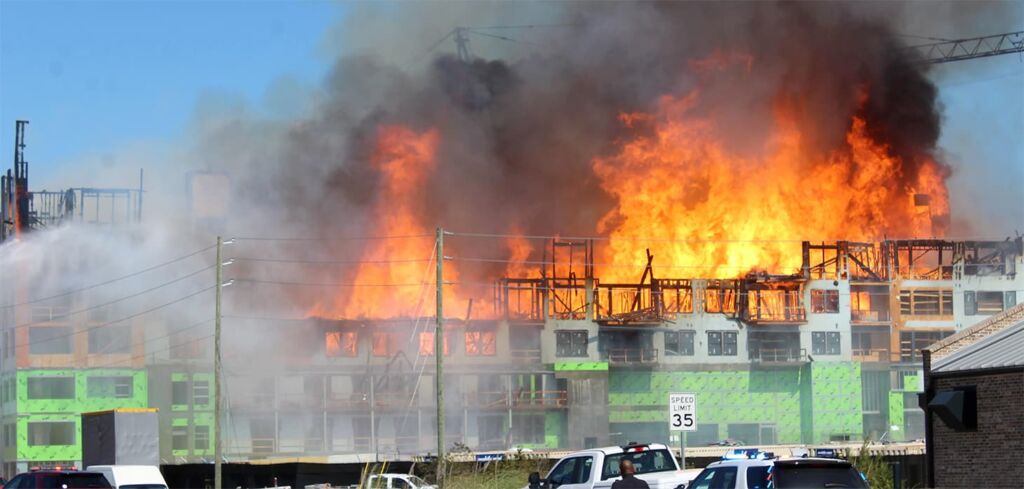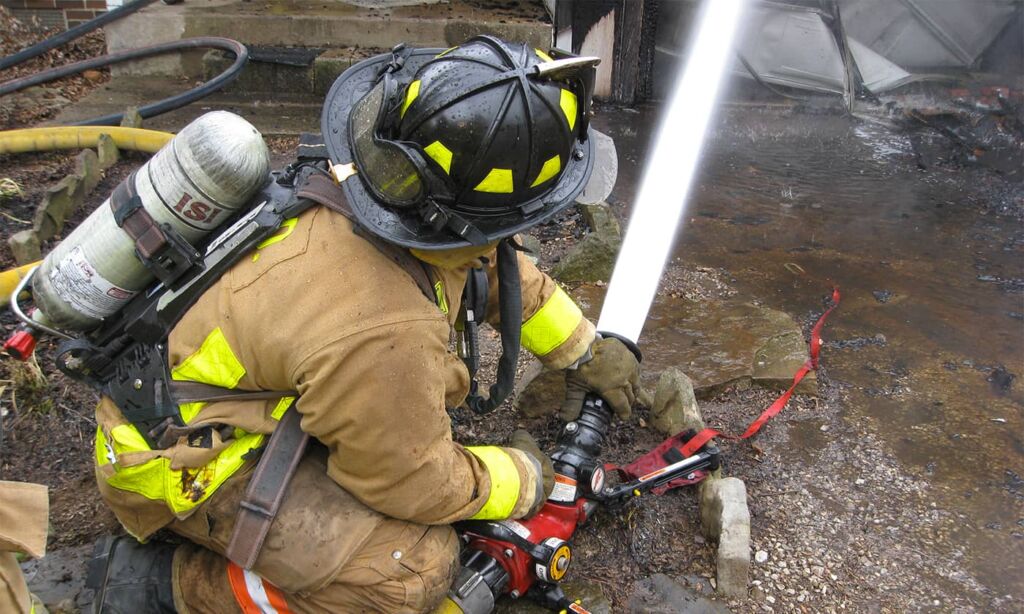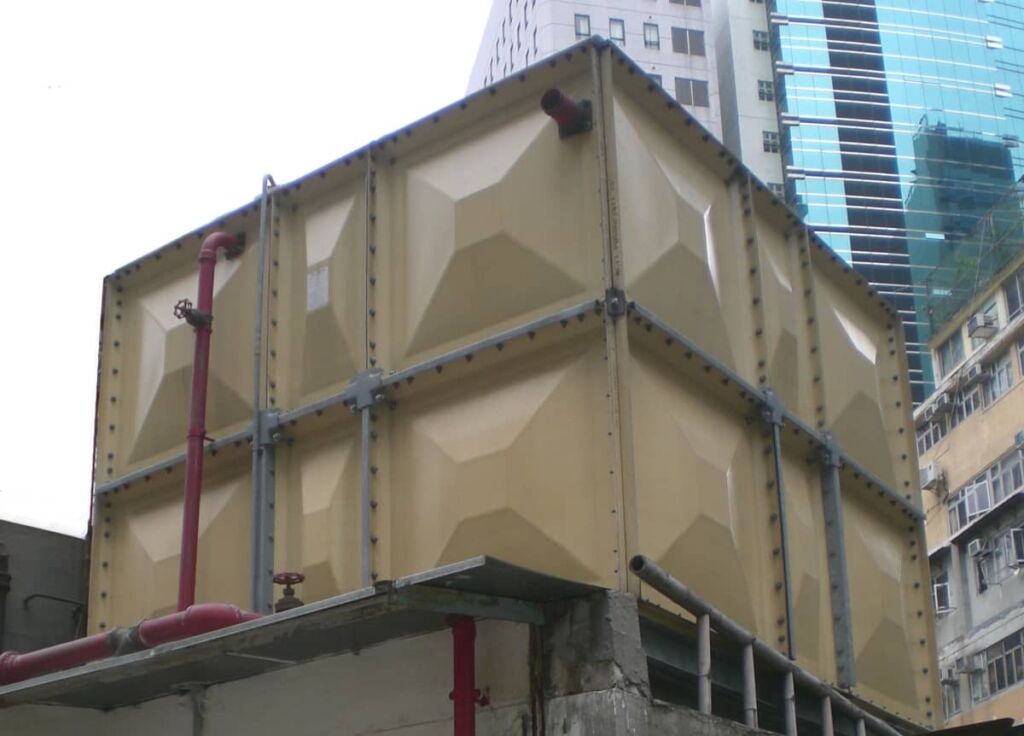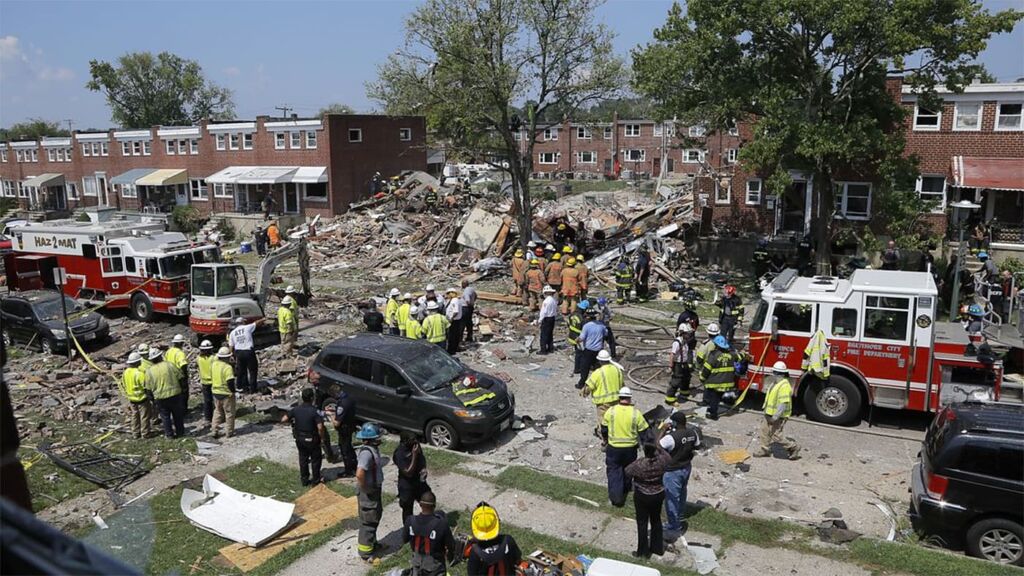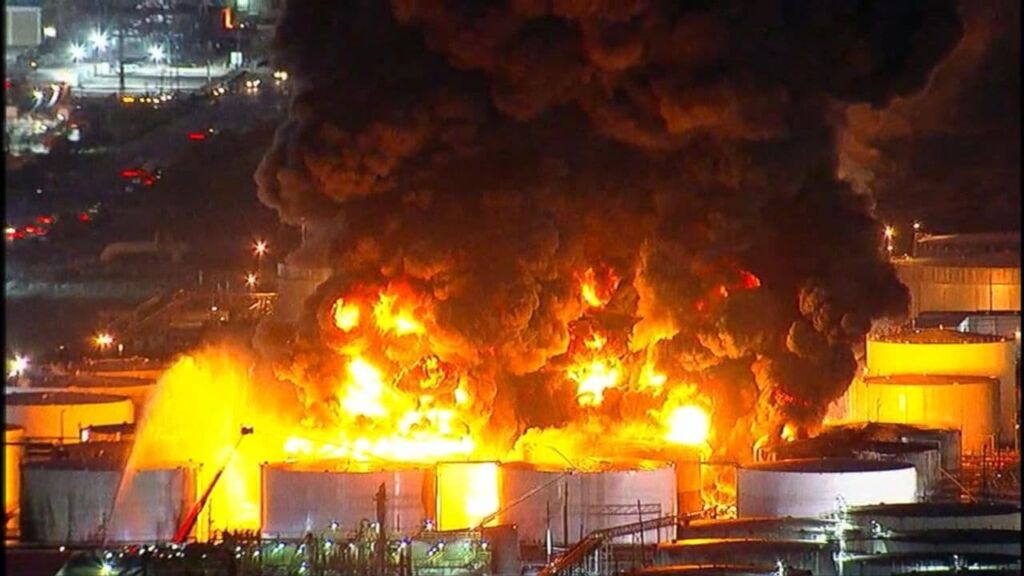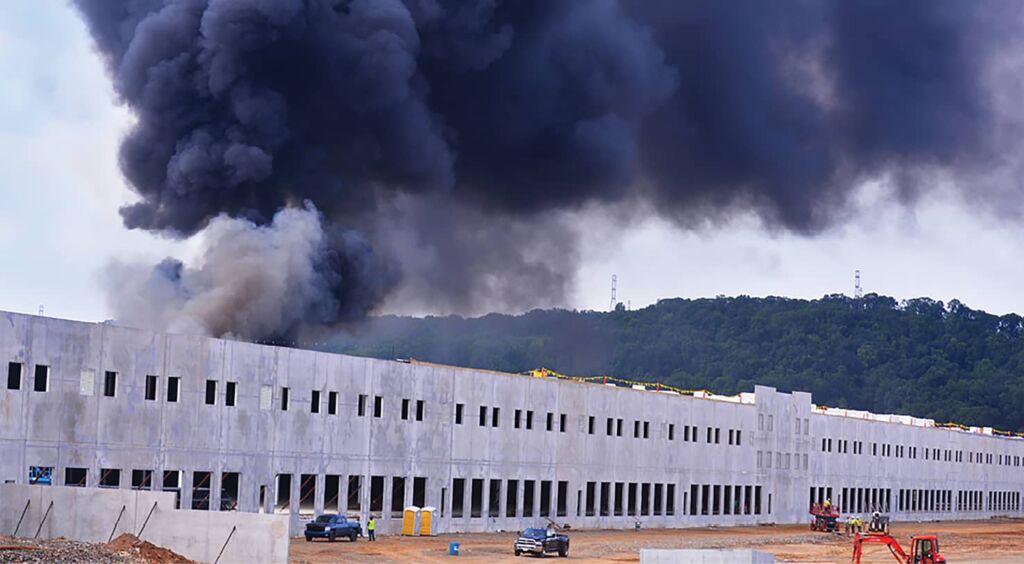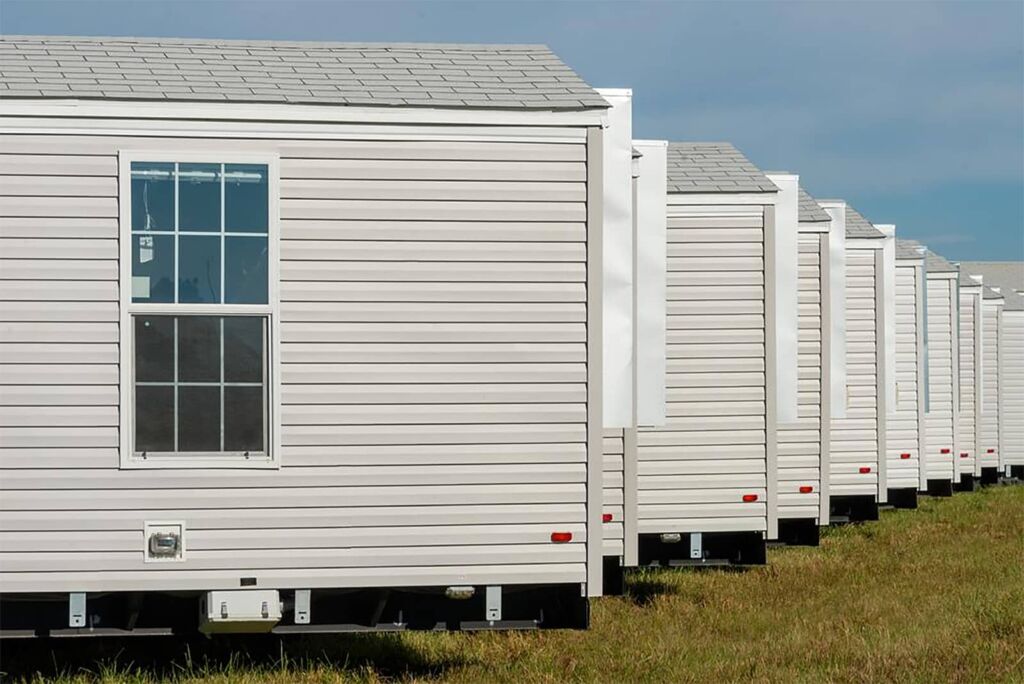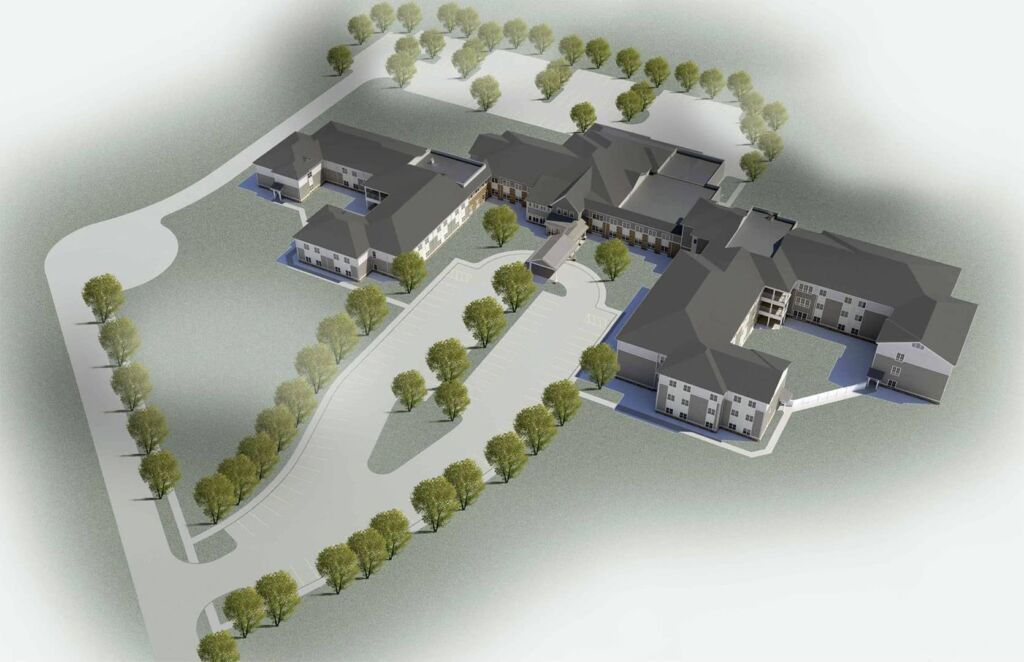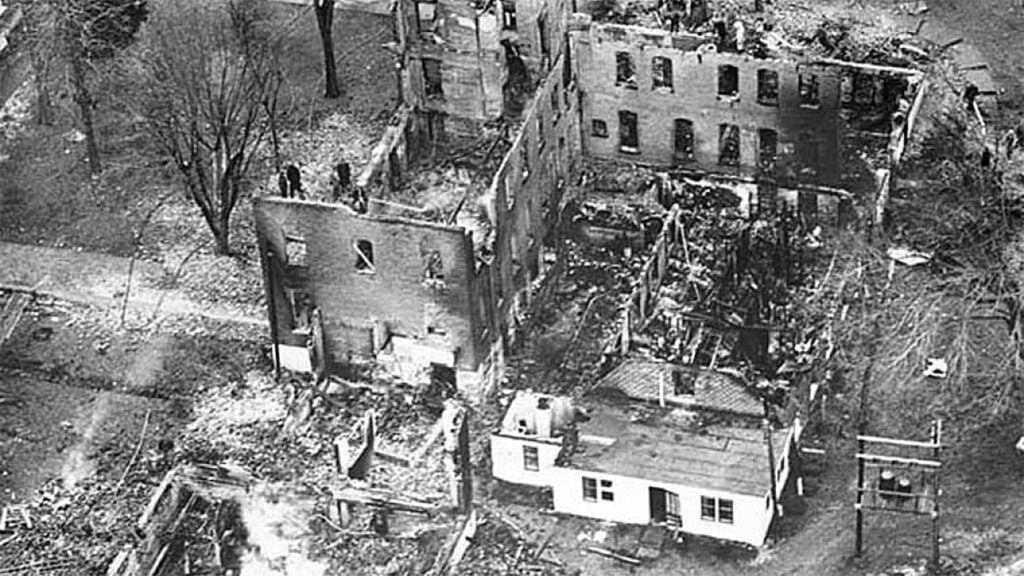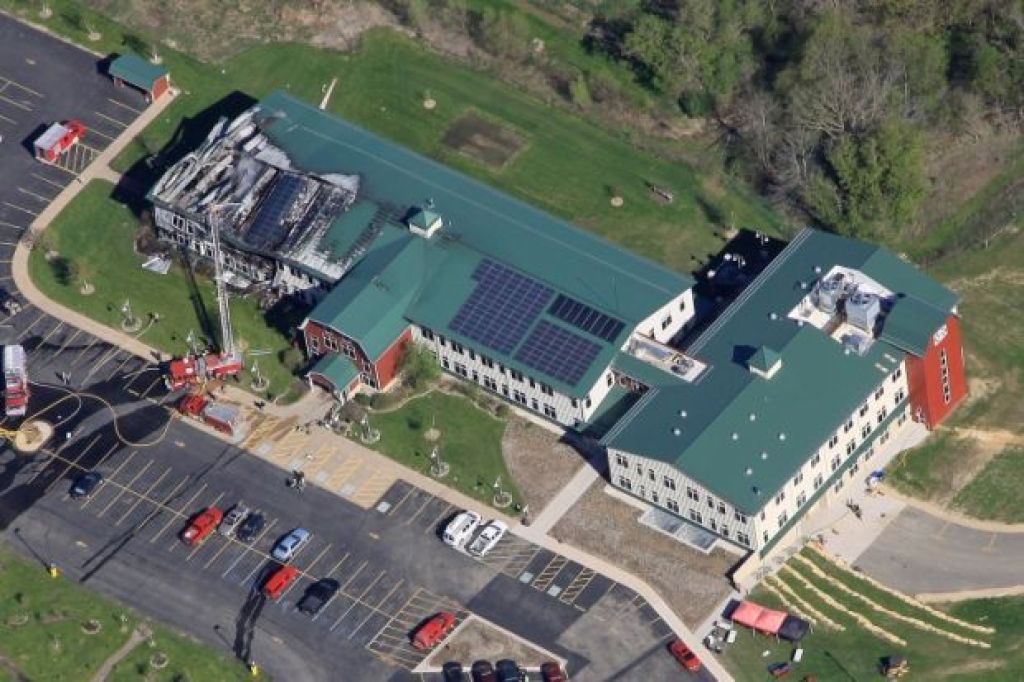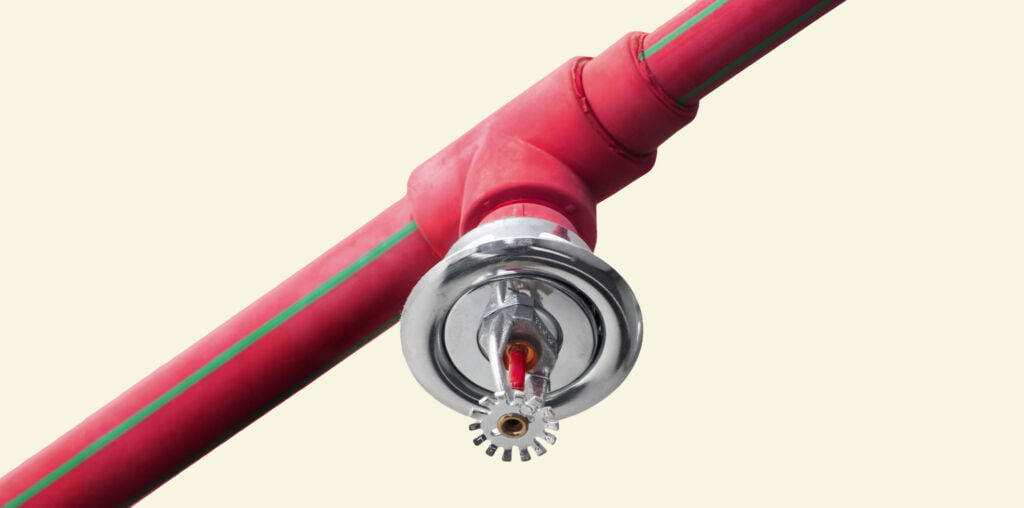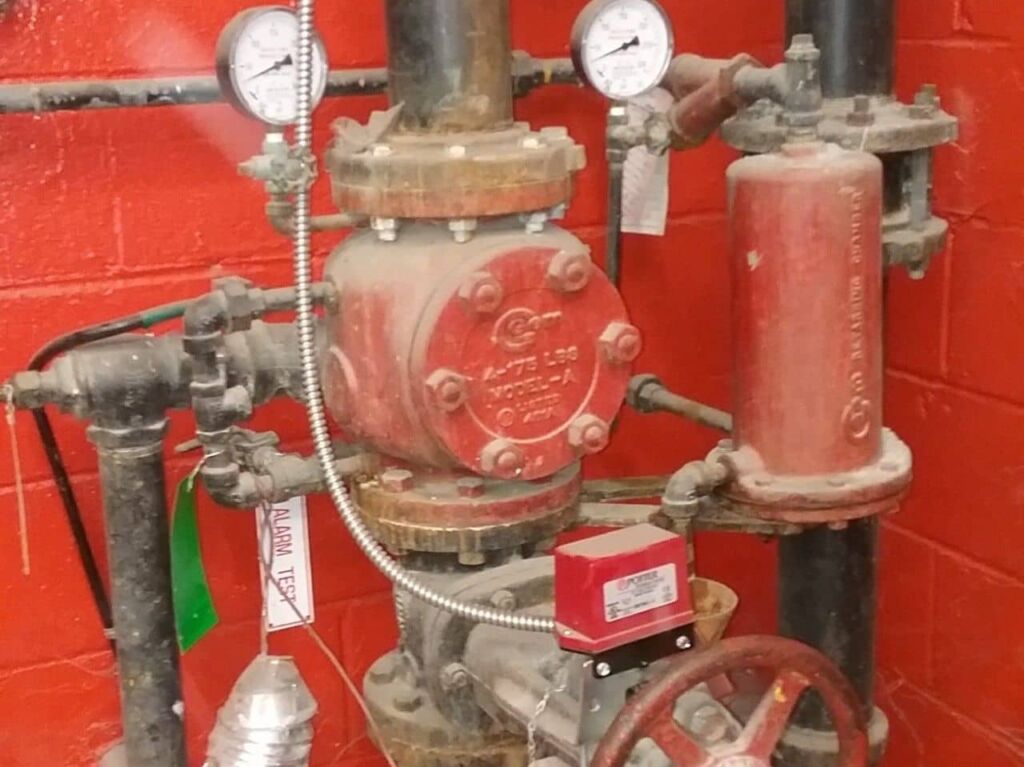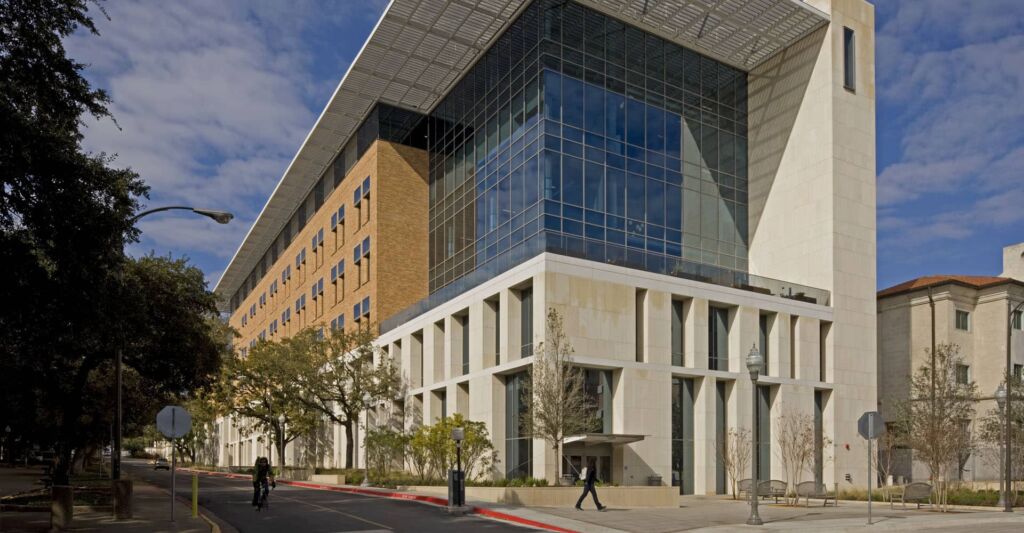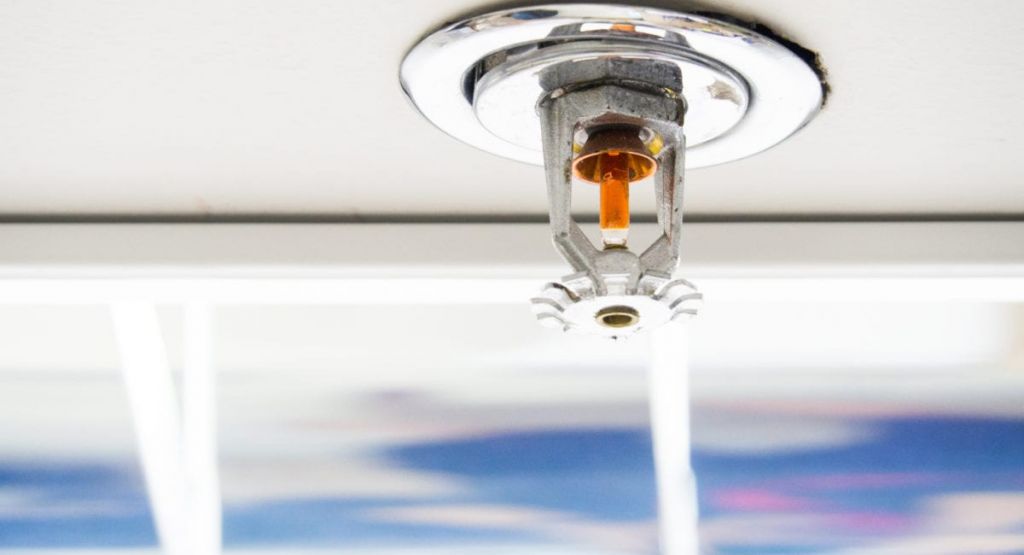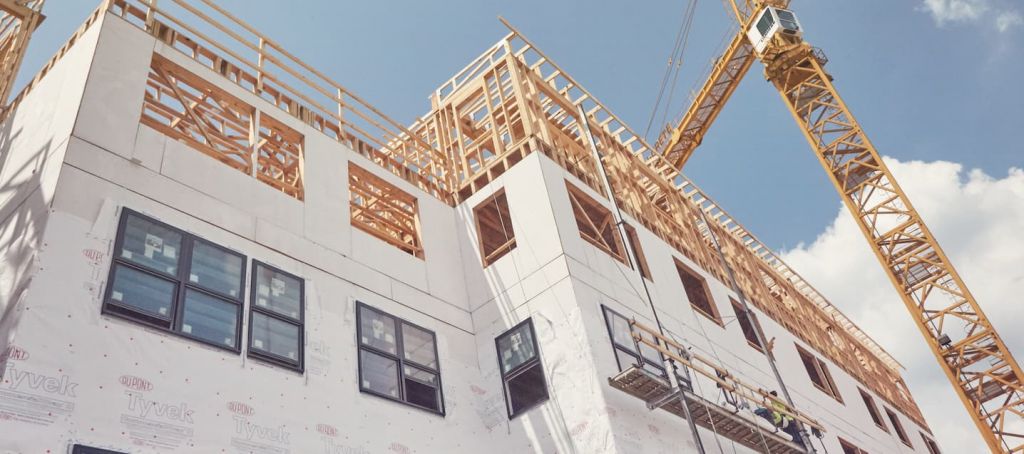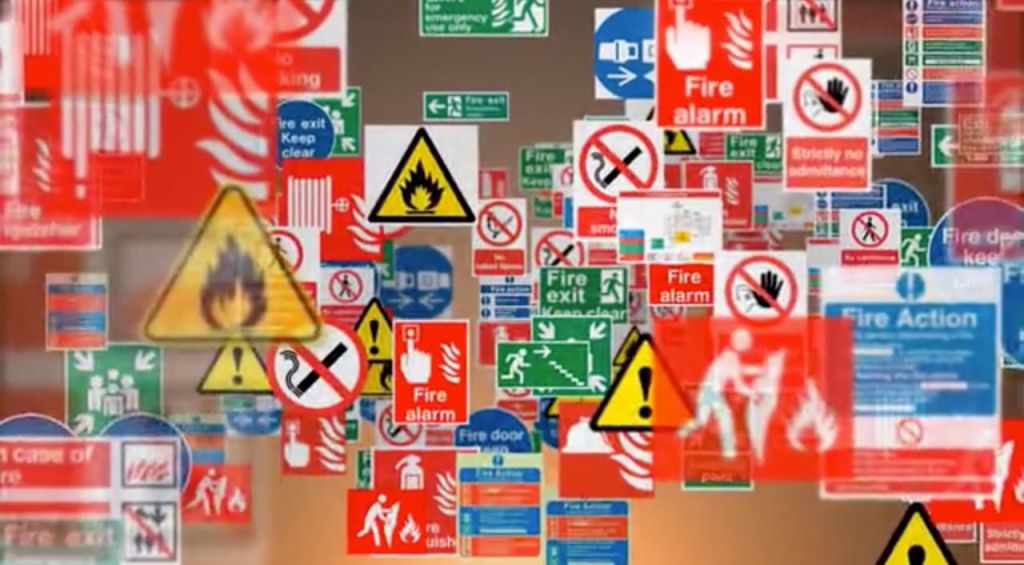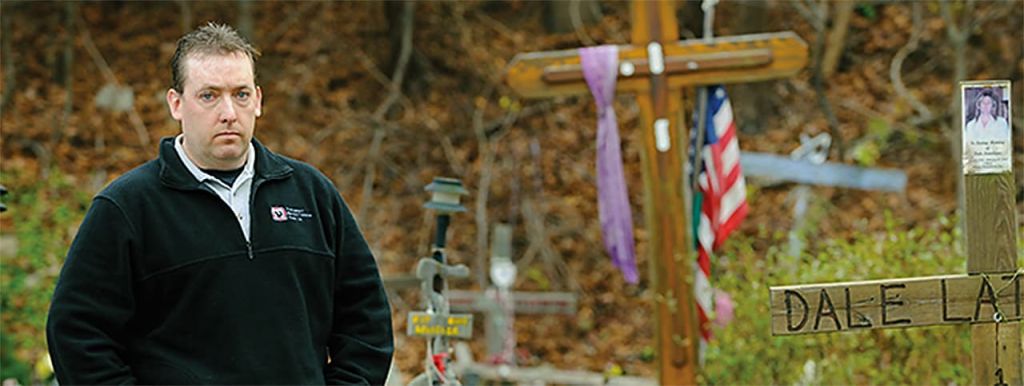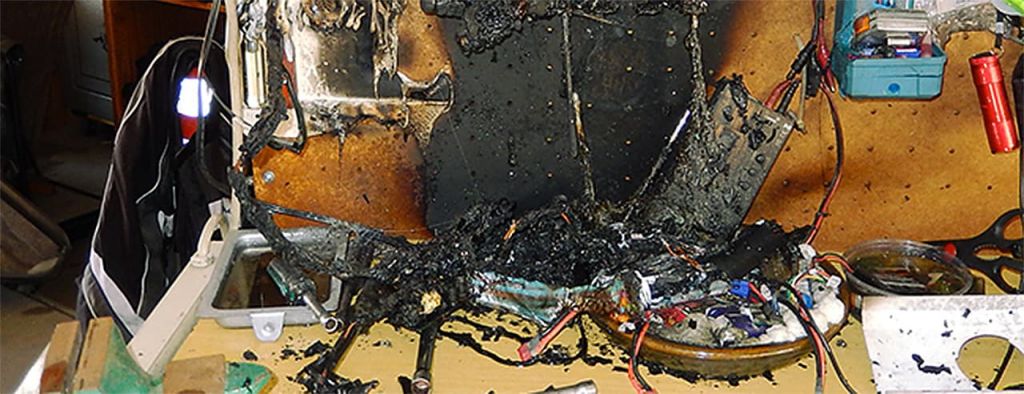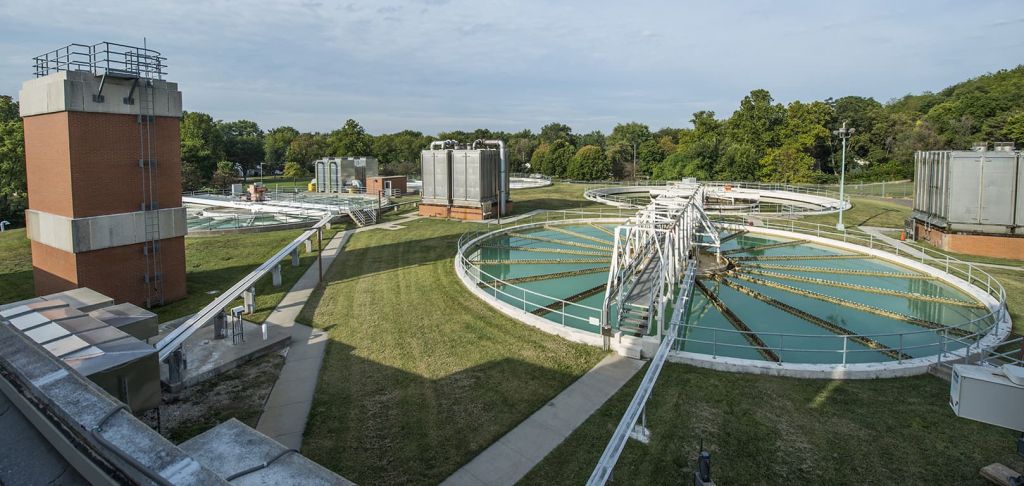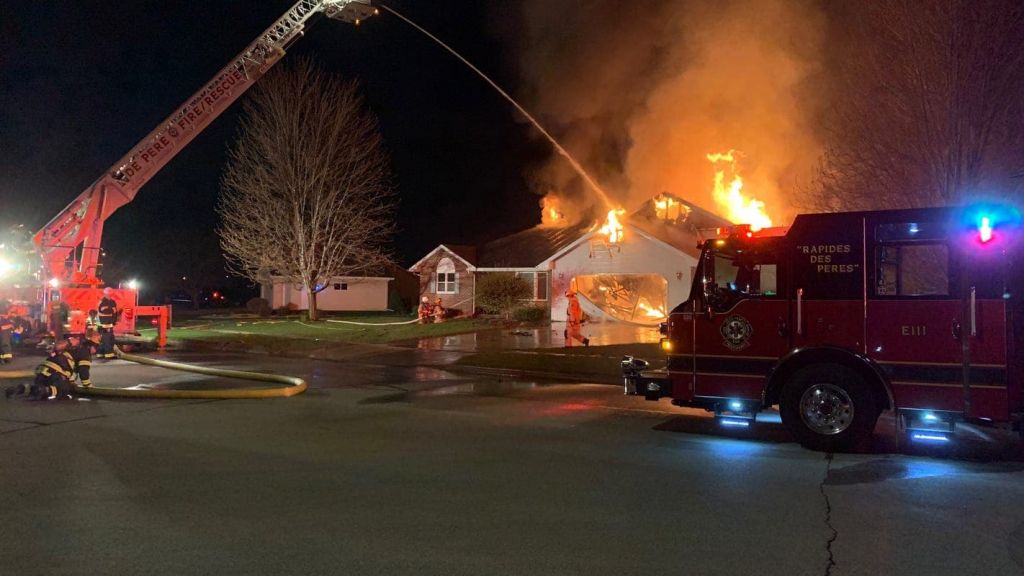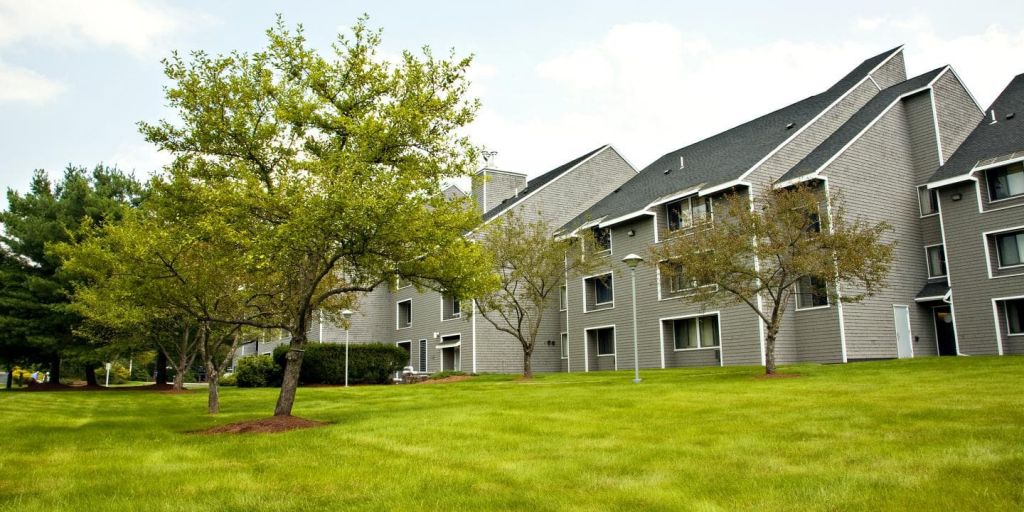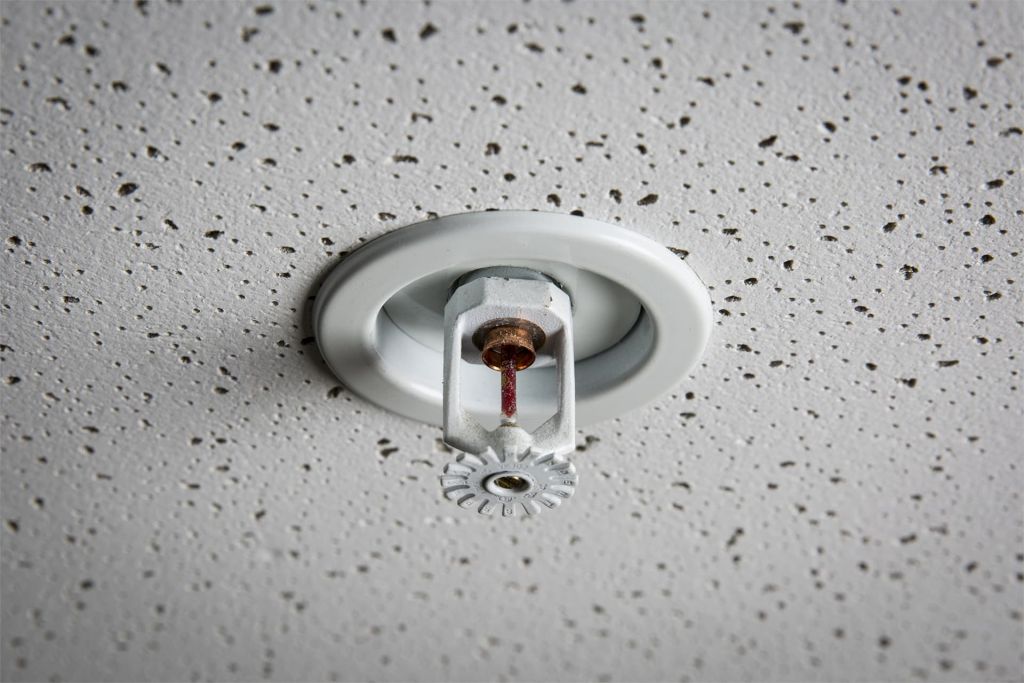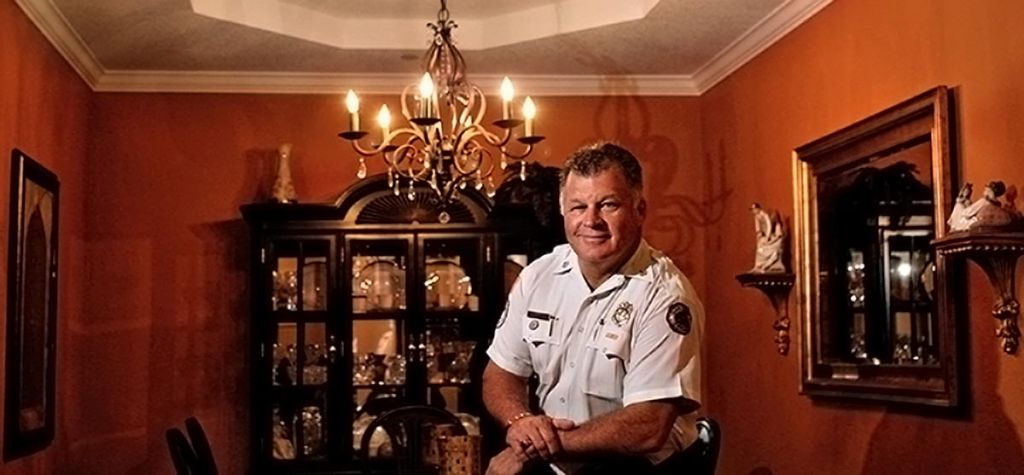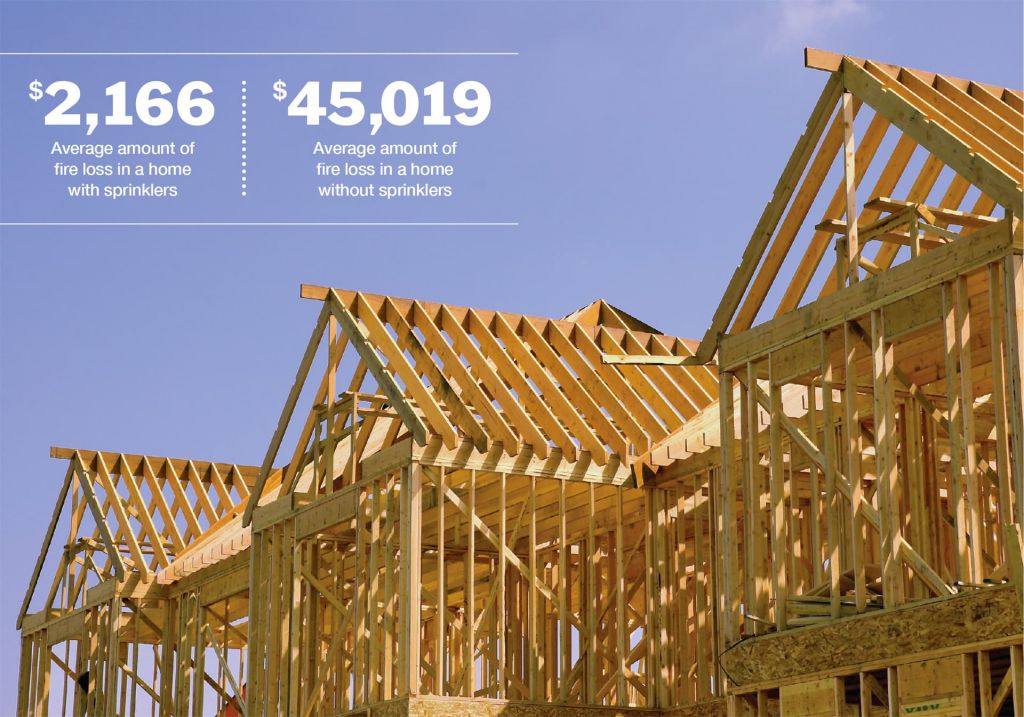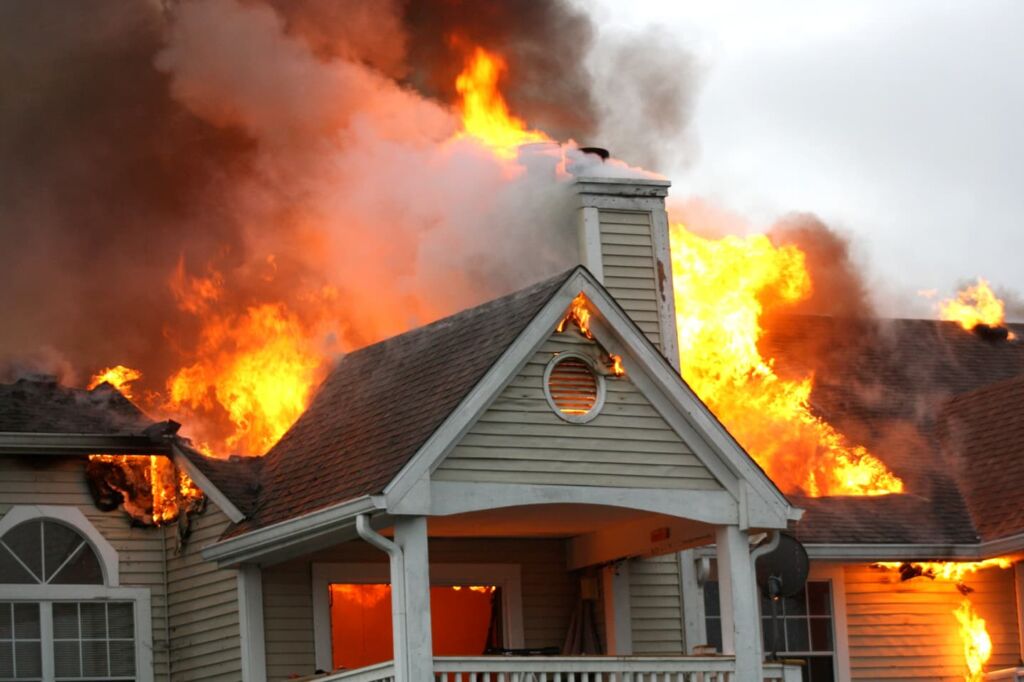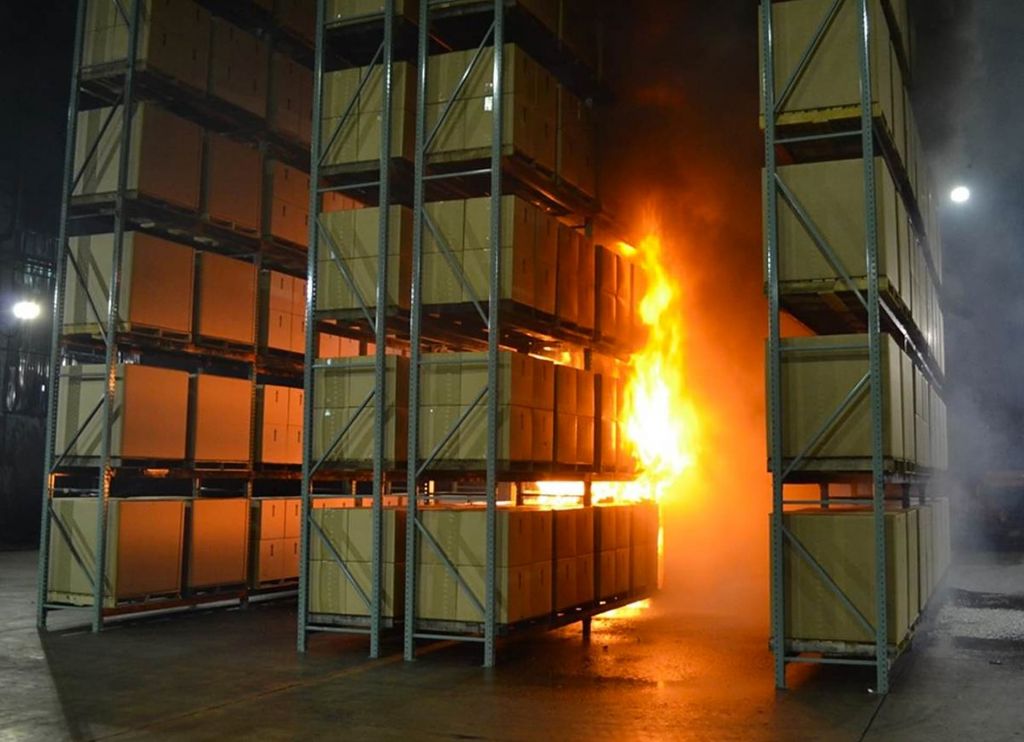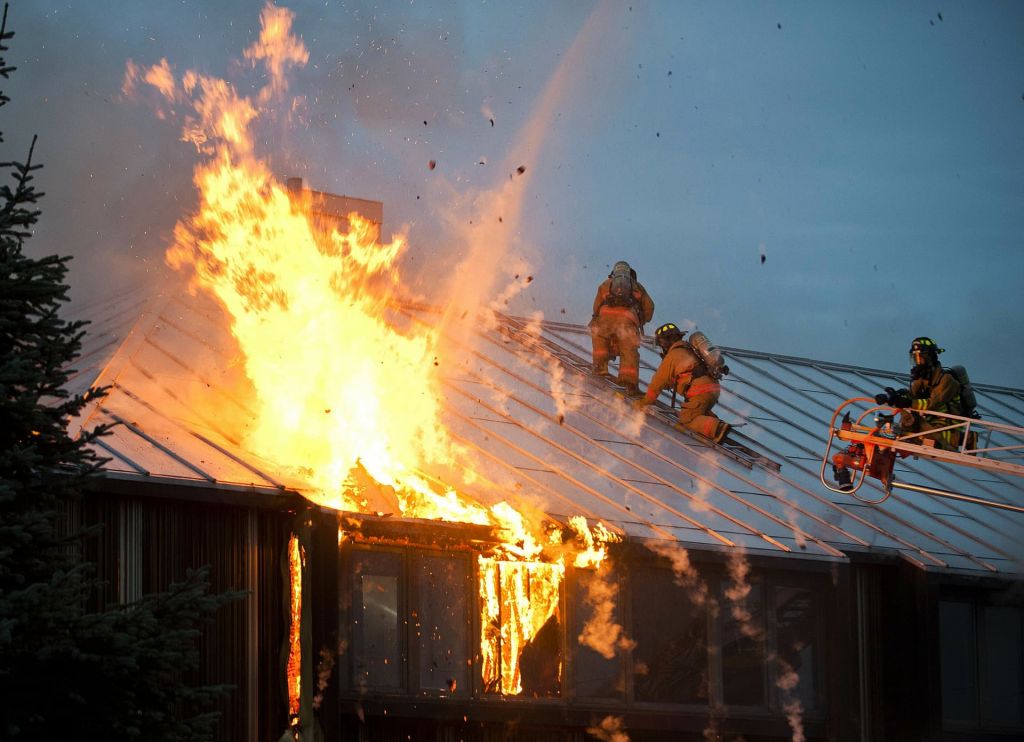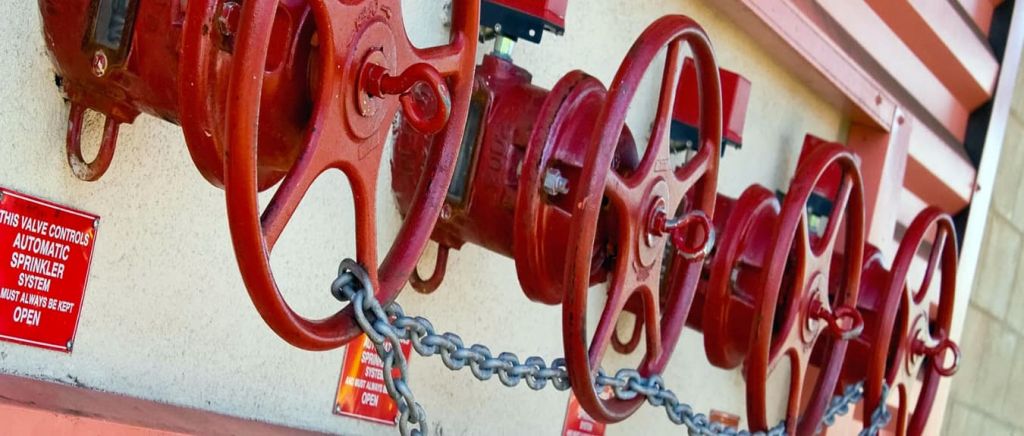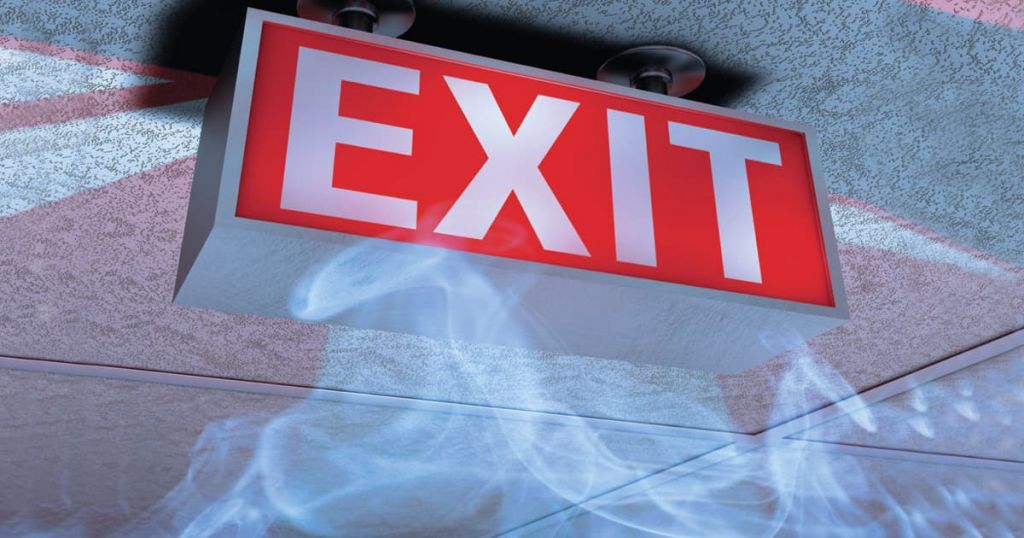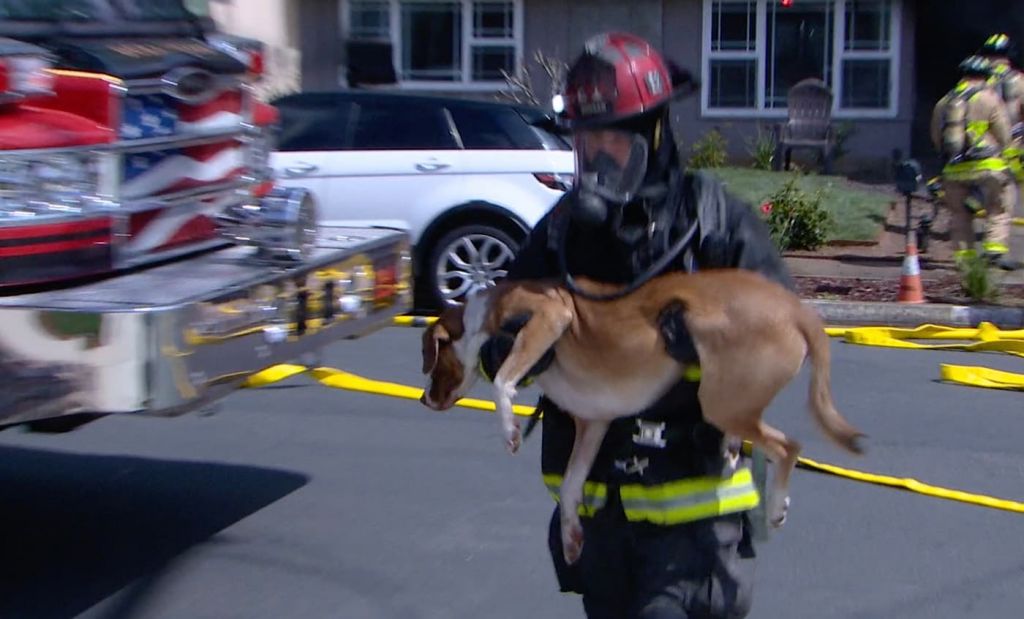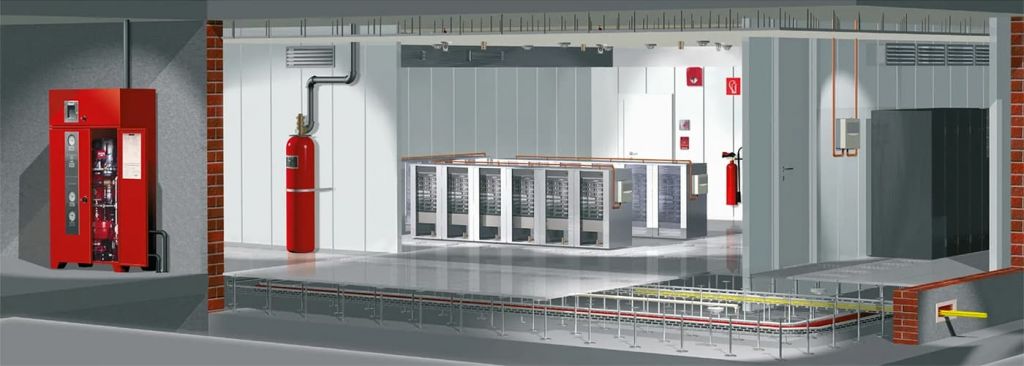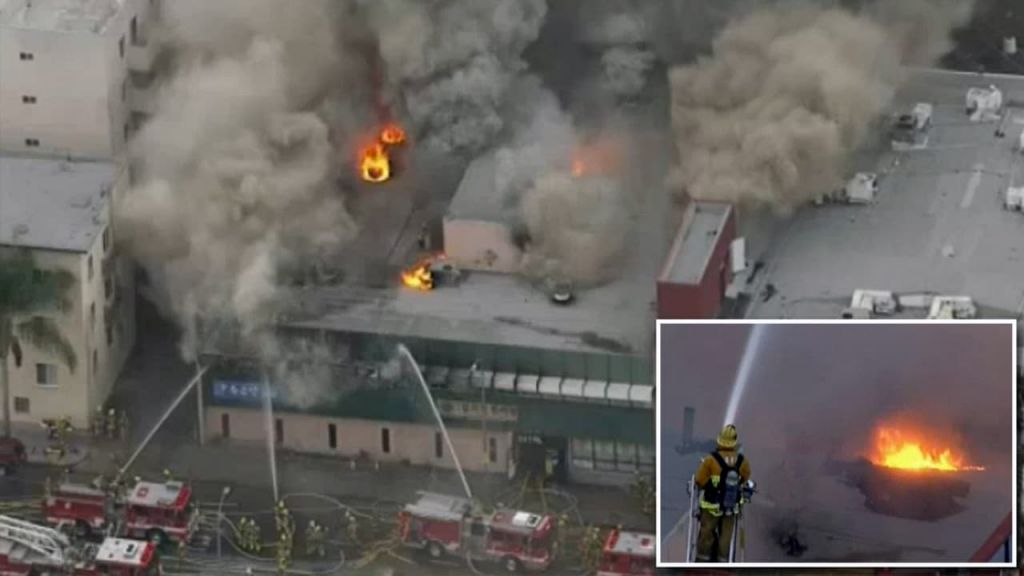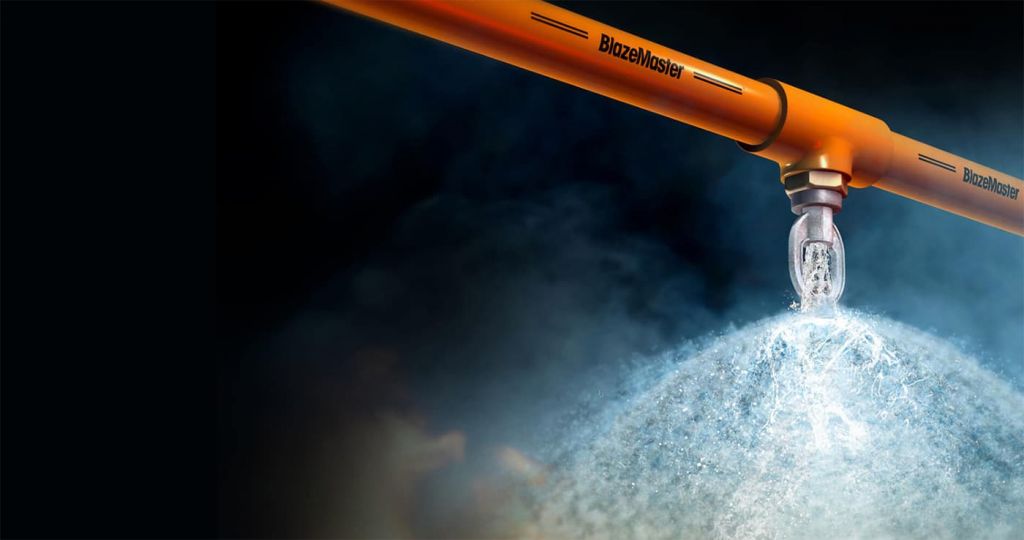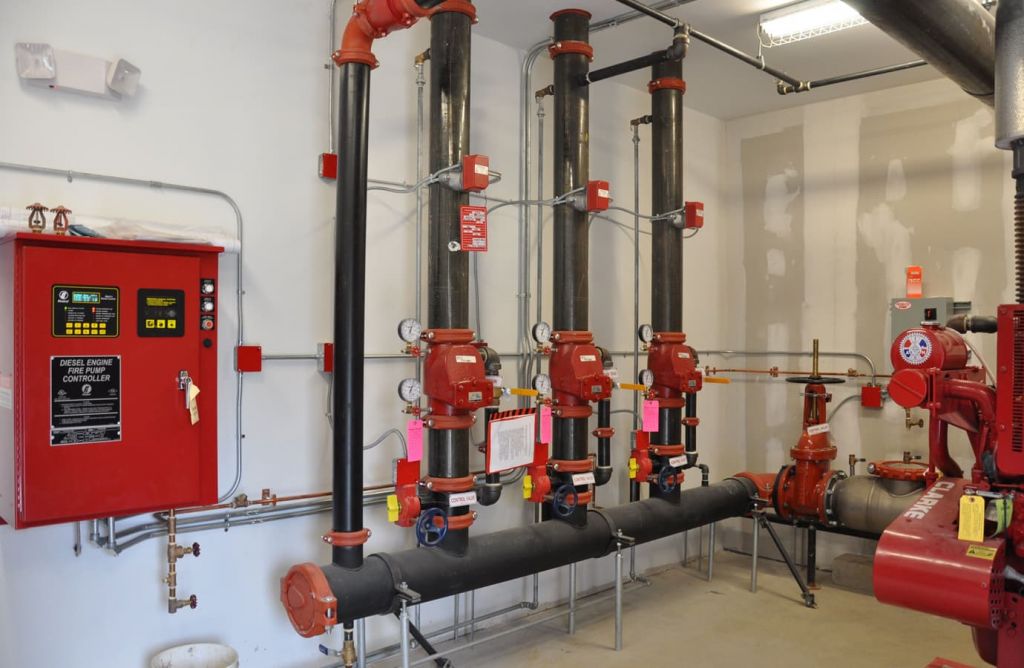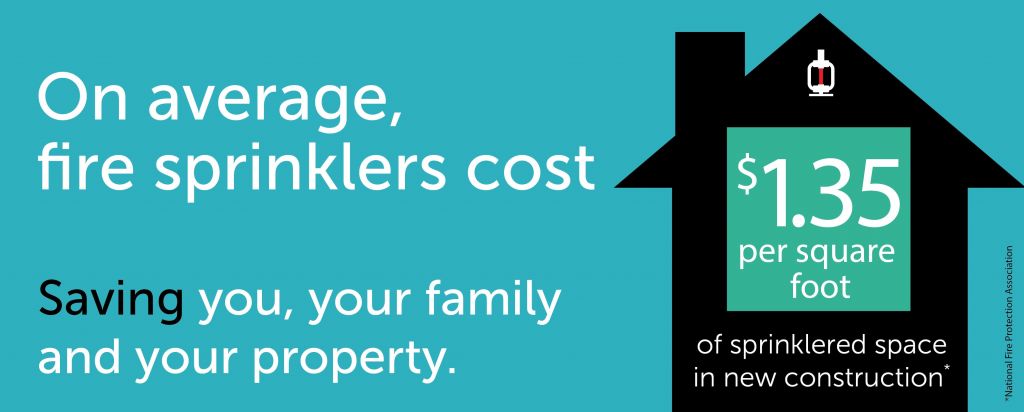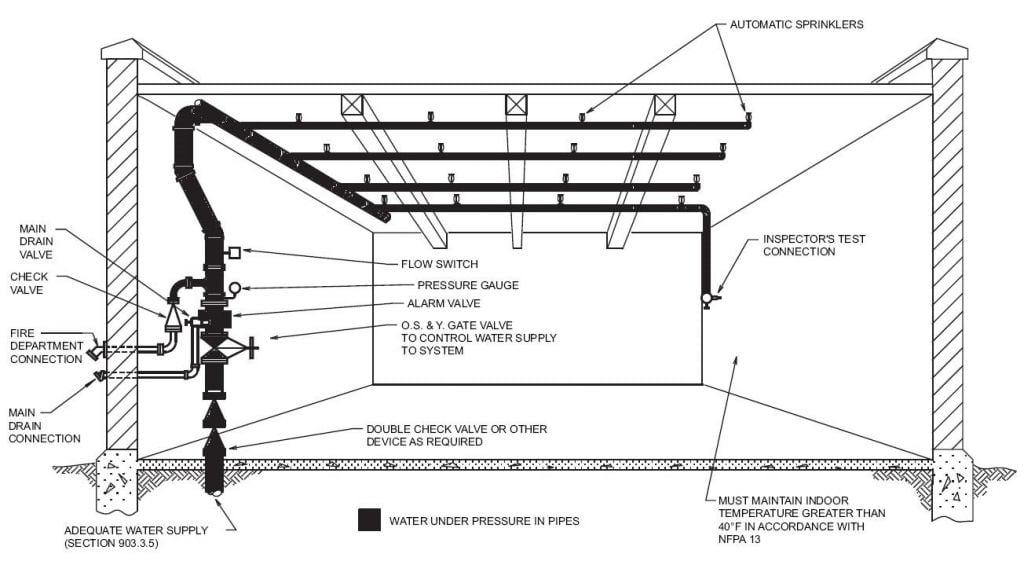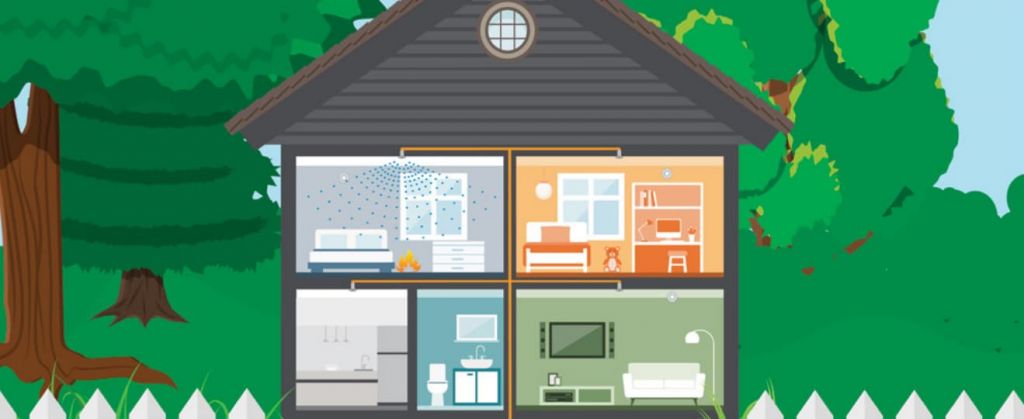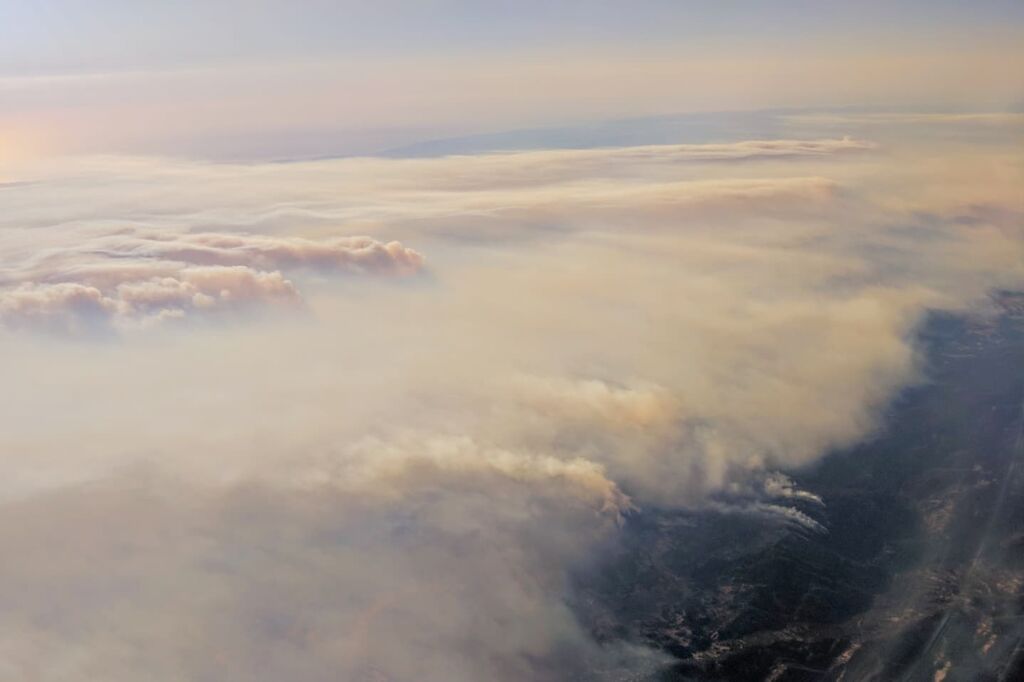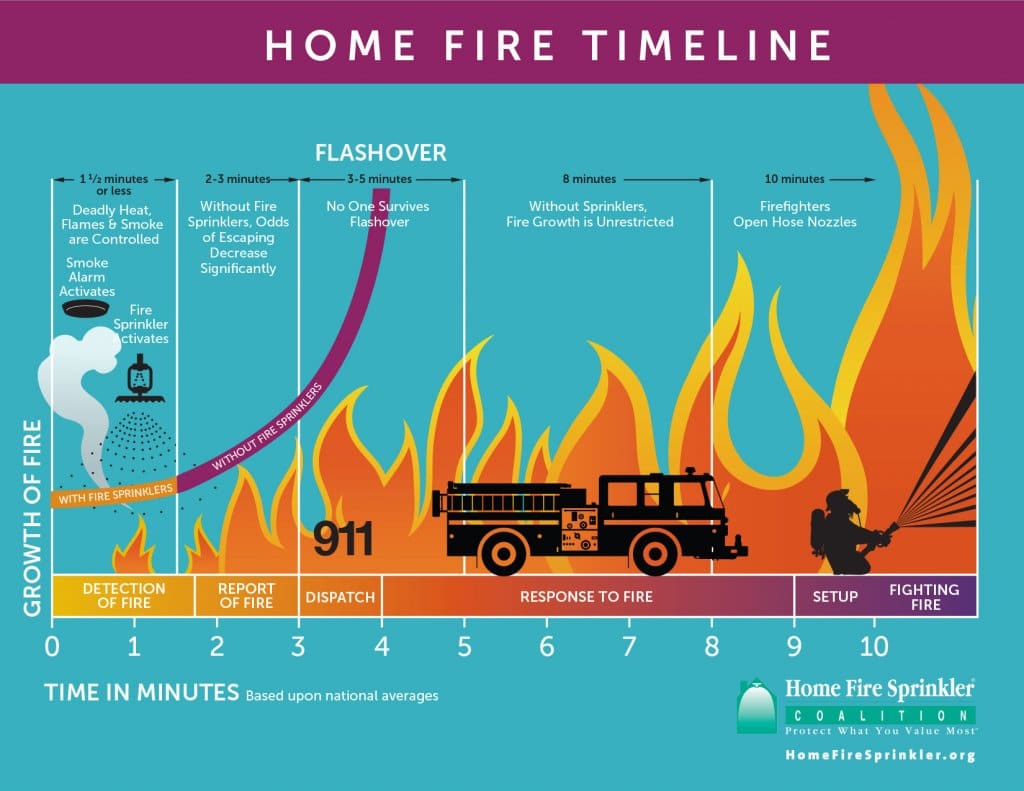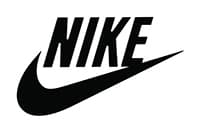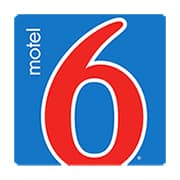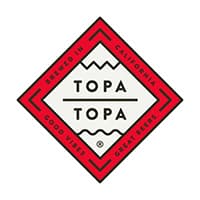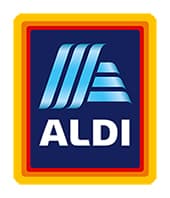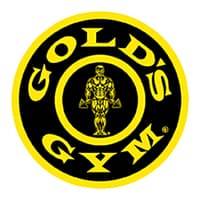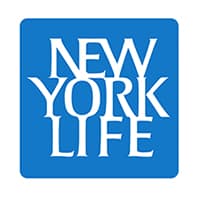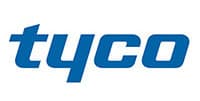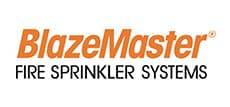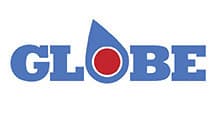Precision Fire Protection News
Responsibilities of the Building Owner for Fire Sprinkler Systems

Responsibilities of the Building Owner for Fire Sprinkler System Inspection, Testing, and Maintenance
NFPA 25, Standard for the Inspection, Testing, and Maintenance of Water-Based Fire Protection Systems provides the criteria for the routine activities that must be conducted to ensure that water-based fire protection systems, such as automatic sprinklers systems, can be relied upon in the event of a fire. These activities range from simple visual confirmation of some things such as valve position or room or water tank temperature on a more frequent basis to much more complex activities such as full flow tests and internal assessments at longer intervals.
NFPA 25 also includes responsibilities for inspection, testing, and maintenance (ITM) of water-based fire protection systems that specifically fall to the owner or their designated representative. This information is essential for building owners and their designated representatives to know and understand. A designated representative can include the occupant, management firm, or managing individual through specific provisions in the lease, written use agreement, or management contract. Wherever this blog mentions the responsibilities of the owner it also applies to the owner’s designated representative where applicable. This information is also valuable for all ITM service providers to have a good understanding of these requirements to improve communication with their customers. The following details some of the items listed as the responsibility of the owner or designated representative. Chapter 4 of NFPA 25 should be reviewed for a complete listing of these.
Overall ITM program
The owner or designated representative is responsible for the overall ITM of system(s) in their building. They must ensure that these activities are completed within the specified frequencies. While often the performance of these activities are contracted with a service provider, the ultimate responsibility for ITM falls on the building owner. We could just stop here since it covers most everything, but there are other specific requirements that the building owner must be responsible for.
Impairment procedures
Impairments to a system can be either planned or unplanned. There needs to be a plan in place for either situation. The owner is responsible for this. Chapter 15 of NFPA 25 includes the requirements for what must be included in an impairment program.
Minimizing water damage
Anytime water is released, consideration must be given to where that water may ultimately end up. This is not only the responsibility of the person performing the ITM, but it must also involve the owner. The owner or designated representative, such as maintenance personnel, is often more familiar with the condition of the plumbing system or the drainage characteristics of the surrounding area.
Freeze protection
The owner is responsible for ensuring that all areas of the building containing water-filled piping that does not have another means of freeze protection shall be maintained at a minimum temperature of 40°F (4°C).
Providing ready access
The owner must provide ready access to components of the systems that require inspection, testing, and maintenance. This is intended to address the all-too-common practice of placing objects — such as file cabinets or stock — in front of sprinkler risers and other control equipment. This requirement is not limited to the interior of the building. Exterior components of the system must be kept accessible as well.
Notification of systems shutdown or testing
The property owner is responsible for notifying the authority having jurisdiction (AHJ), the fire department, if required, and the alarm-receiving facility before testing or shutting down a system or its supply. Testing a system without proper notification might—and often does—result in a false alarm. False alarms must be avoided since they remove emergency services personnel from service at a time when their services might be needed for an actual emergency. At the conclusion of such tests, the alarm-receiving facility should be notified that any alarms received from that point on are not test-generated and should be responded to appropriately.
Correction and repairs
The property owner is responsible for ensuring that deficiencies or impairments are corrected or repaired. Corrective action to remediate deficiencies and impairments must be done in accordance with the applicable design and installation standard. Understanding the differences between impairments, critical deficiencies, and noncritical deficiencies can be helpful in prioritizing corrective actions.
Change management
The evaluation shall consider factors that include, but are not limited to, the following:
- Occupancy changes such as converting office or production space into warehousing
- Process or material changes such as metal stamping to molded plastics
- Building revisions such as relocated walls, added mezzanines, and ceilings added below sprinklers
- Removal of heating systems in spaces with piping subject to freezing
- Changes to the storage method, arrangement, height, or commodities
- Changes in water supplies
Records management
Records must be made for all ITM activities undertaken on a system and its components. The property owner is responsible for maintaining these records which can be hard copy or stored and accessed electronically. The records must be made available for the AHJ upon request. Some jurisdictions require the submittal of ITM records to the AHJ while others will check for them while the building is due an inspection or at another time they determine.
While a substantial percentage of fire protection systems have their ITM work contracted to a service provider there are still many responsibilities placed on the building owner. Those building owners that understand what these responsibilities are and where they come from can see improved communications with their service providers and a more complete picture of what is needed to maintain fire protection systems. This knowledge can lead to more robust ITM programs and contribute to ensuring a safe environment for people in the building and an added layer of protection for the property.
SOURCE: NFPA
PEOPLE We Protect
Our Distributors and Suppliers
Experience
Our team started in the fire protection industry over 20 years ago. Since then we have grown into a statewide fire protection construction leader. Our team of project managers, engineers, designers, inspectors, installers, and technicians all share a passion for quality work and high standards. Precision Fire Protection understands the need to complete projects with integrity, safety, and precision!
Dedication
Our mission is to provide our customers with timely, high quality, affordable fire protection services that are guaranteed. We strive to achieve our client’s complete satisfaction. We are relentless in applying the highest ethical standards to ourselves and to our services and in communications with our customers. We aim to fulfill that mission in everything we do.
Precision
Precision Fire Protection keeps its team together, even when it's not. Just as vital as field personnel’s tools are, our project managers are equipped with the latest software to manage projects. Our project managers send dailies, RFIs, and plan revisions to the cloud so that everyone has access no matter where they are. Being connected is our way of ensuring every project goes smoothly.
Safety
Our team of multi-certified managers and supervisors are highly experienced in job safety. Our managers are OSHA certified to handle each project with care and sensitivity to every unique job site. By ensuring on-site safety on every project we work on throughout Southern California, Precision Fire Protection has developed positive relationships with our General Contractors.



